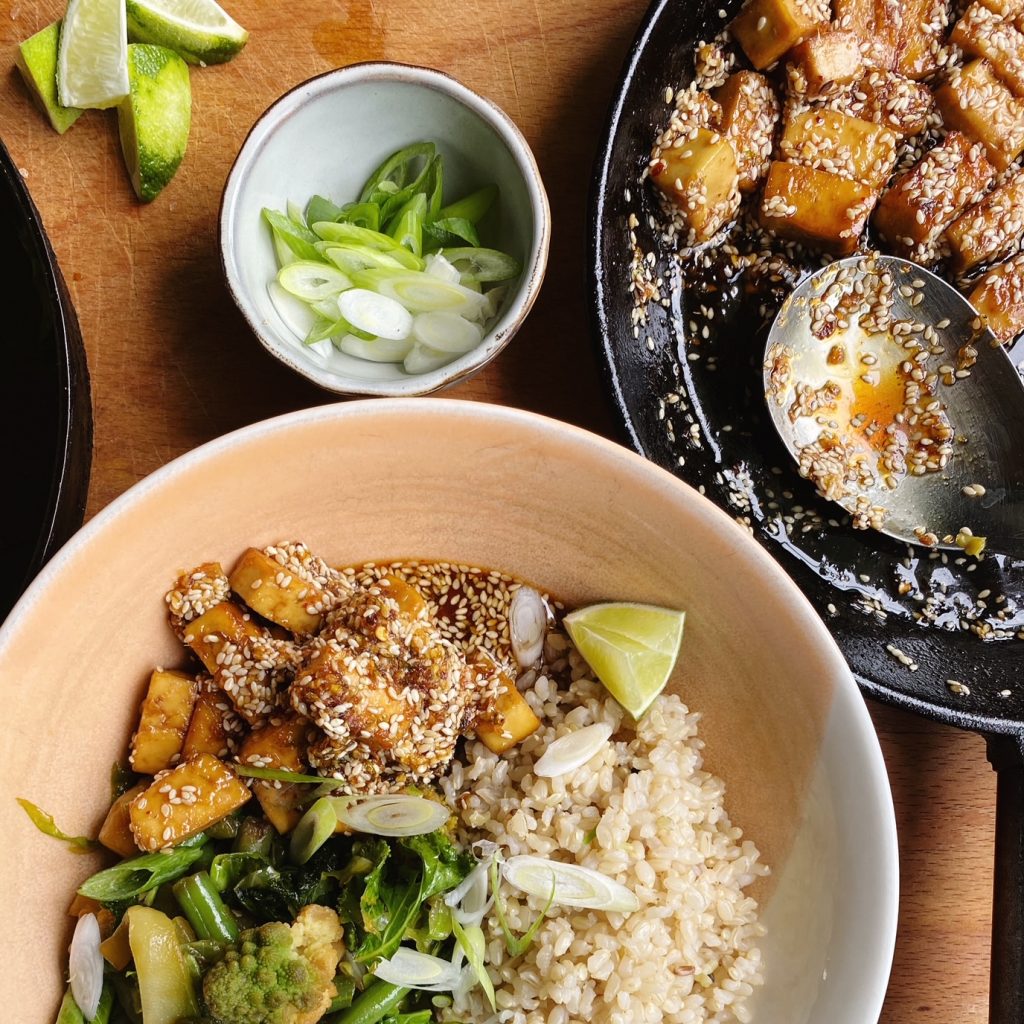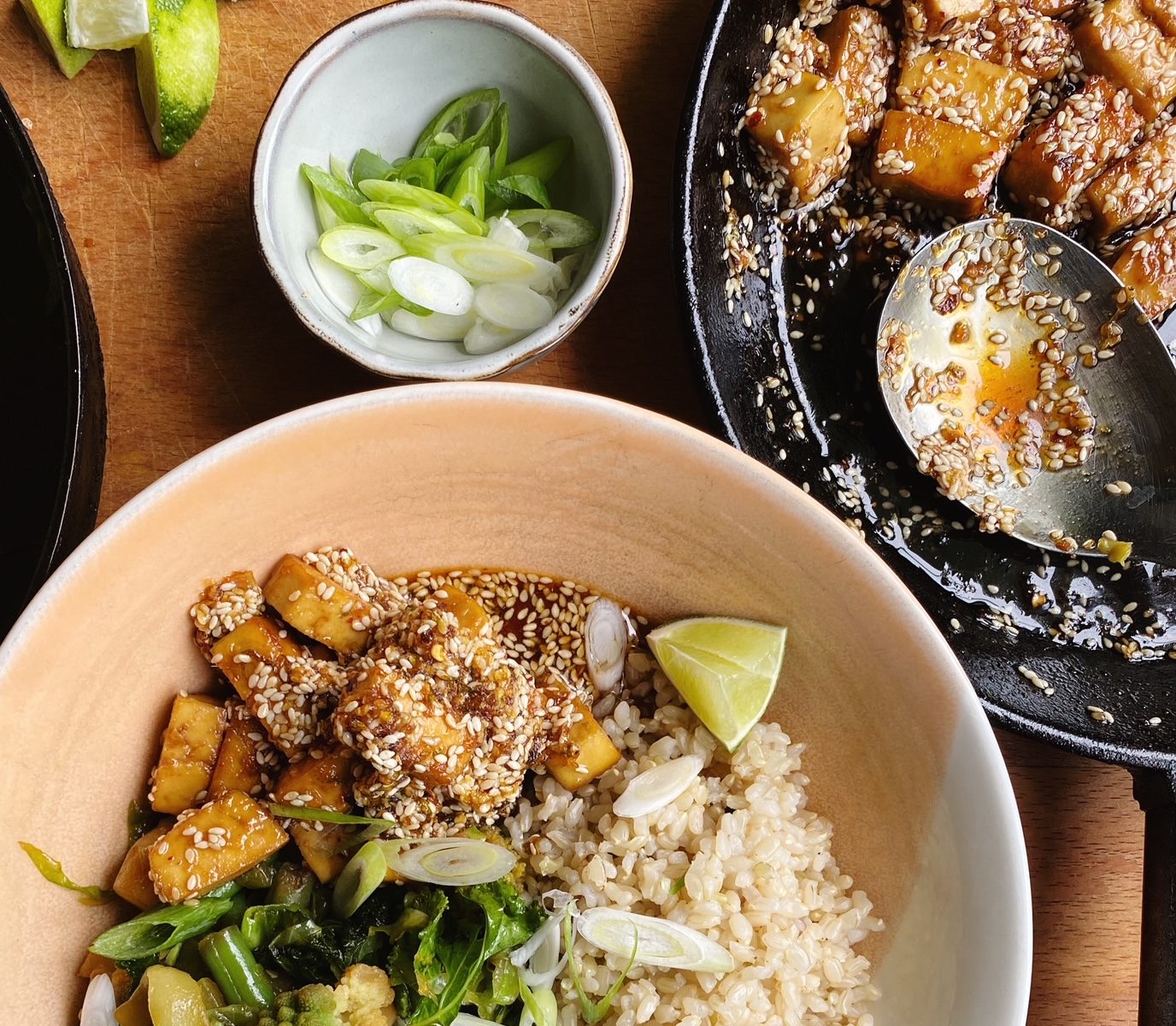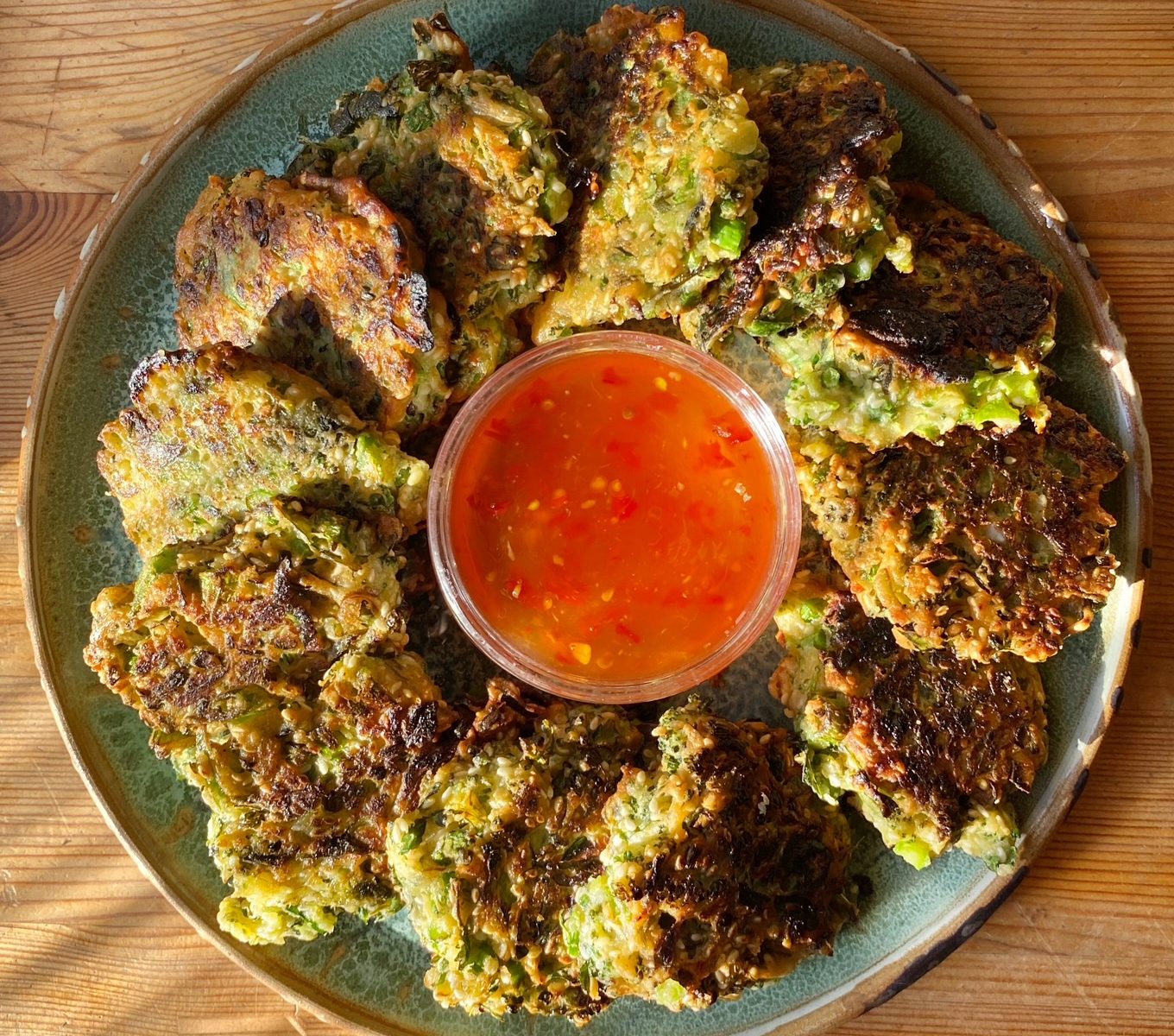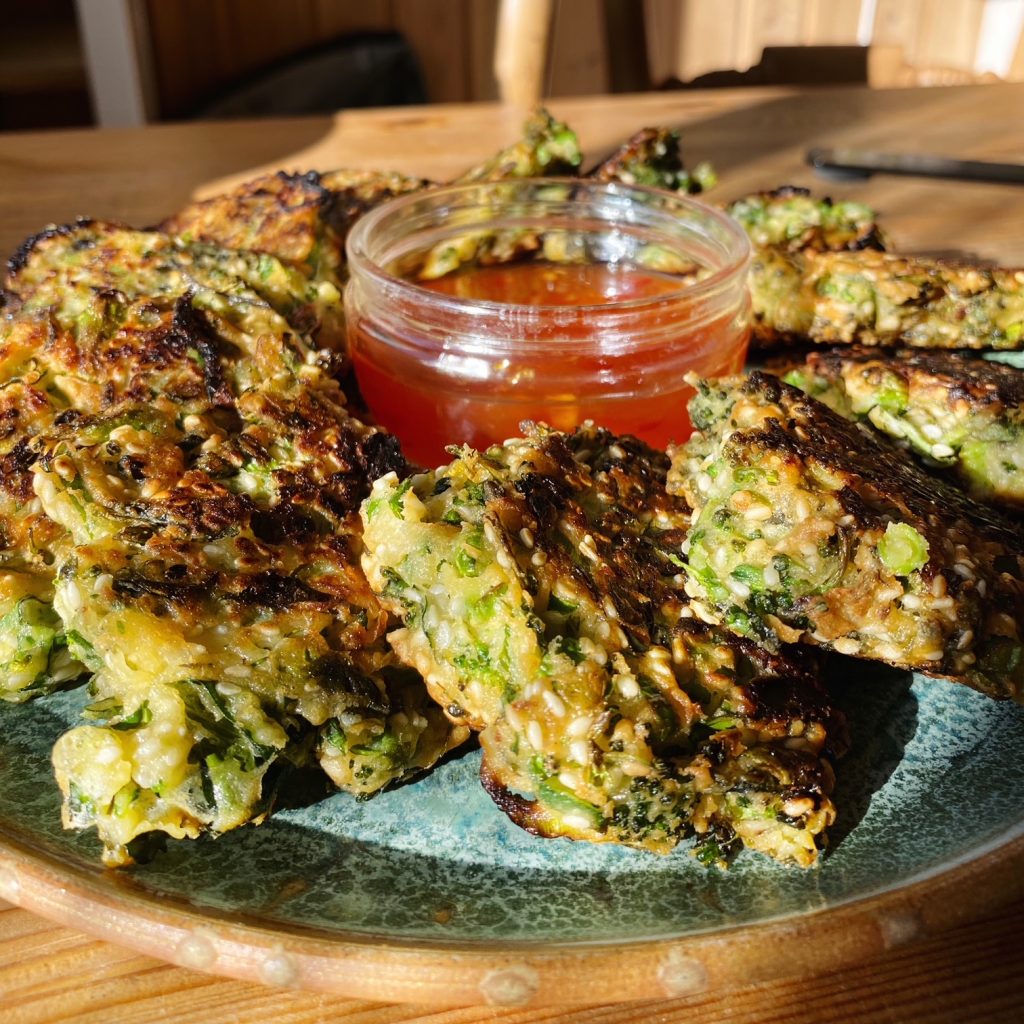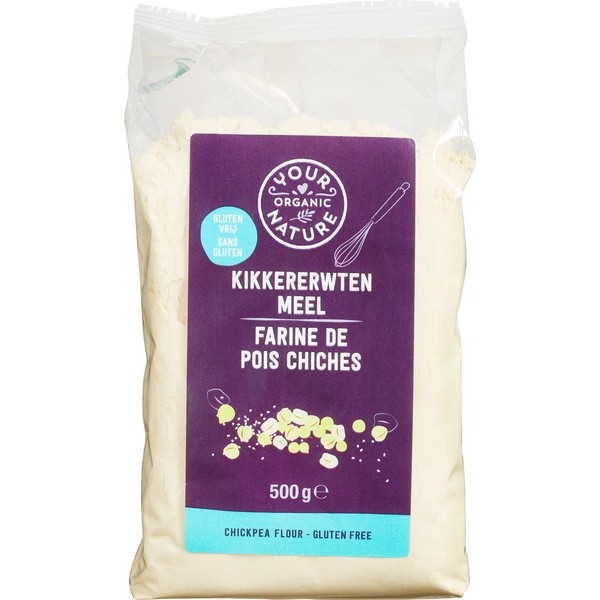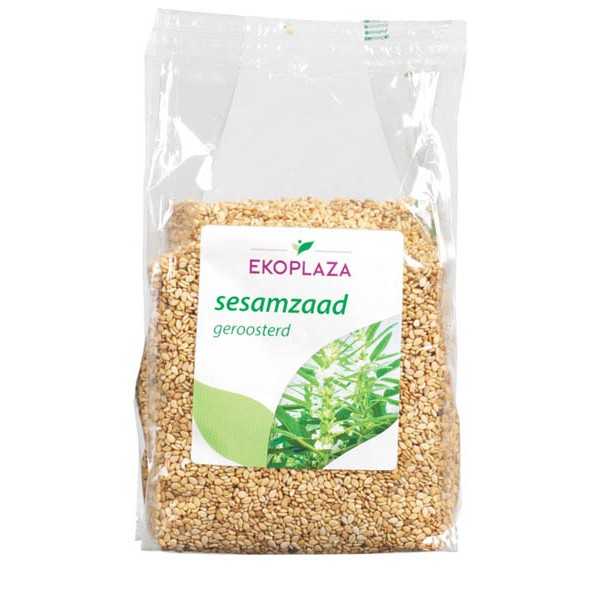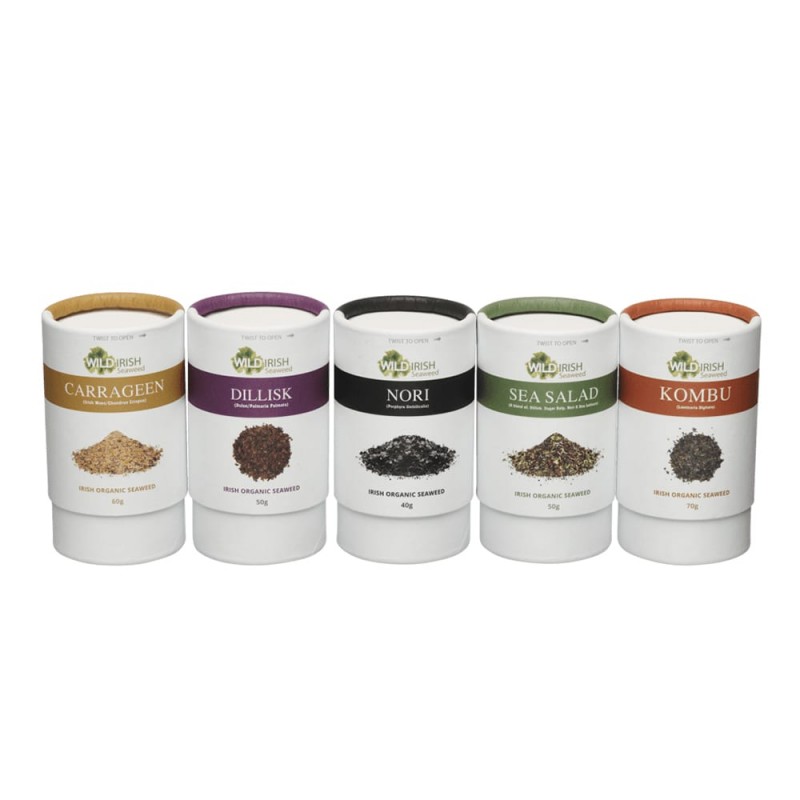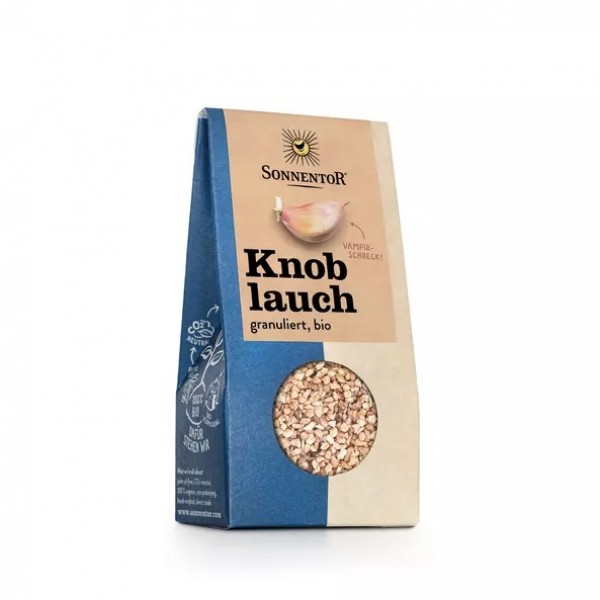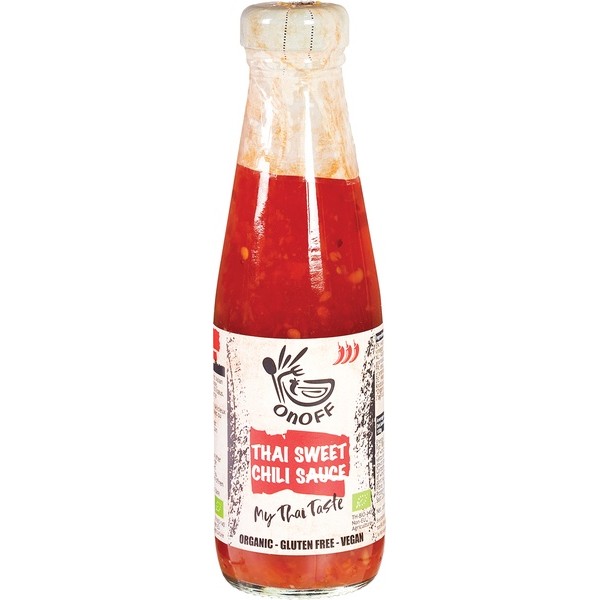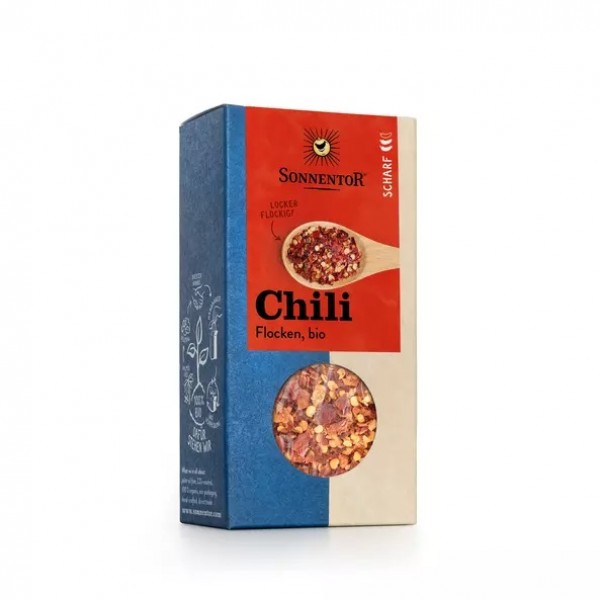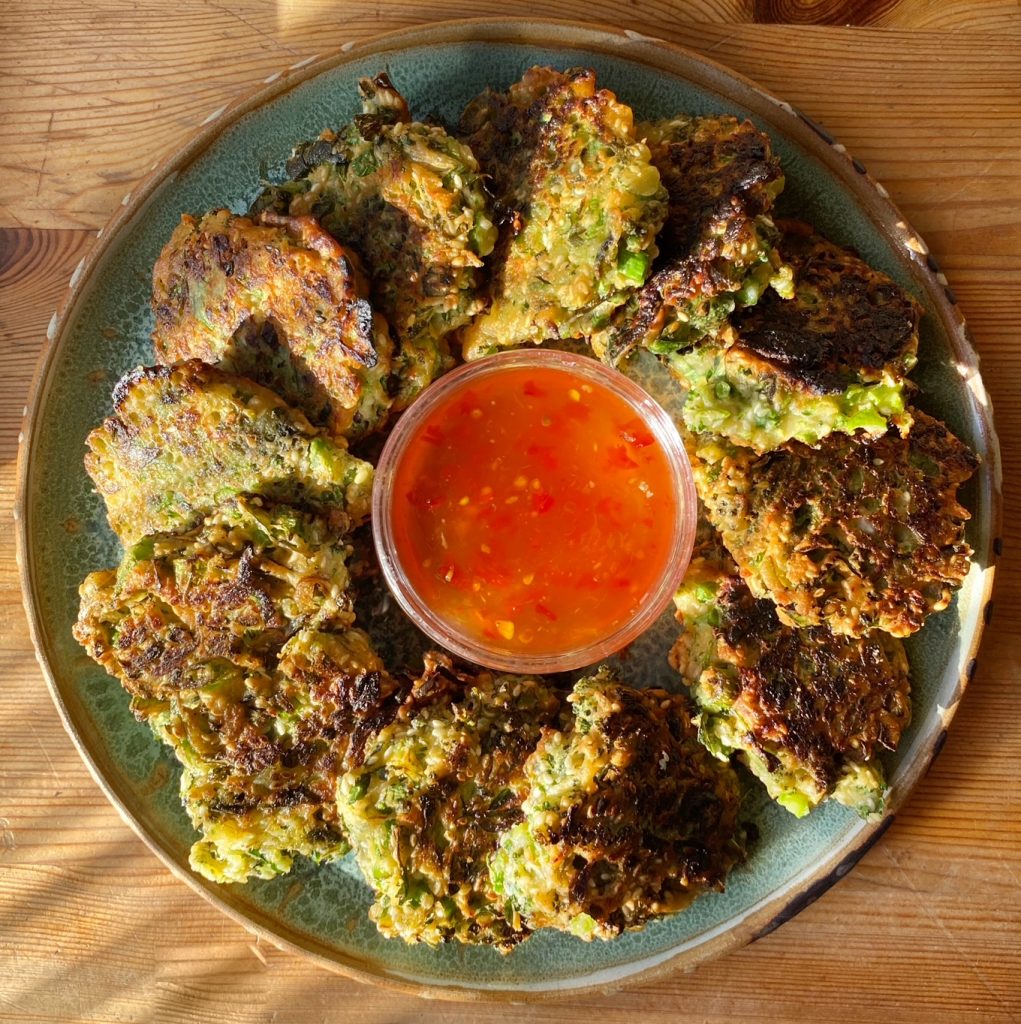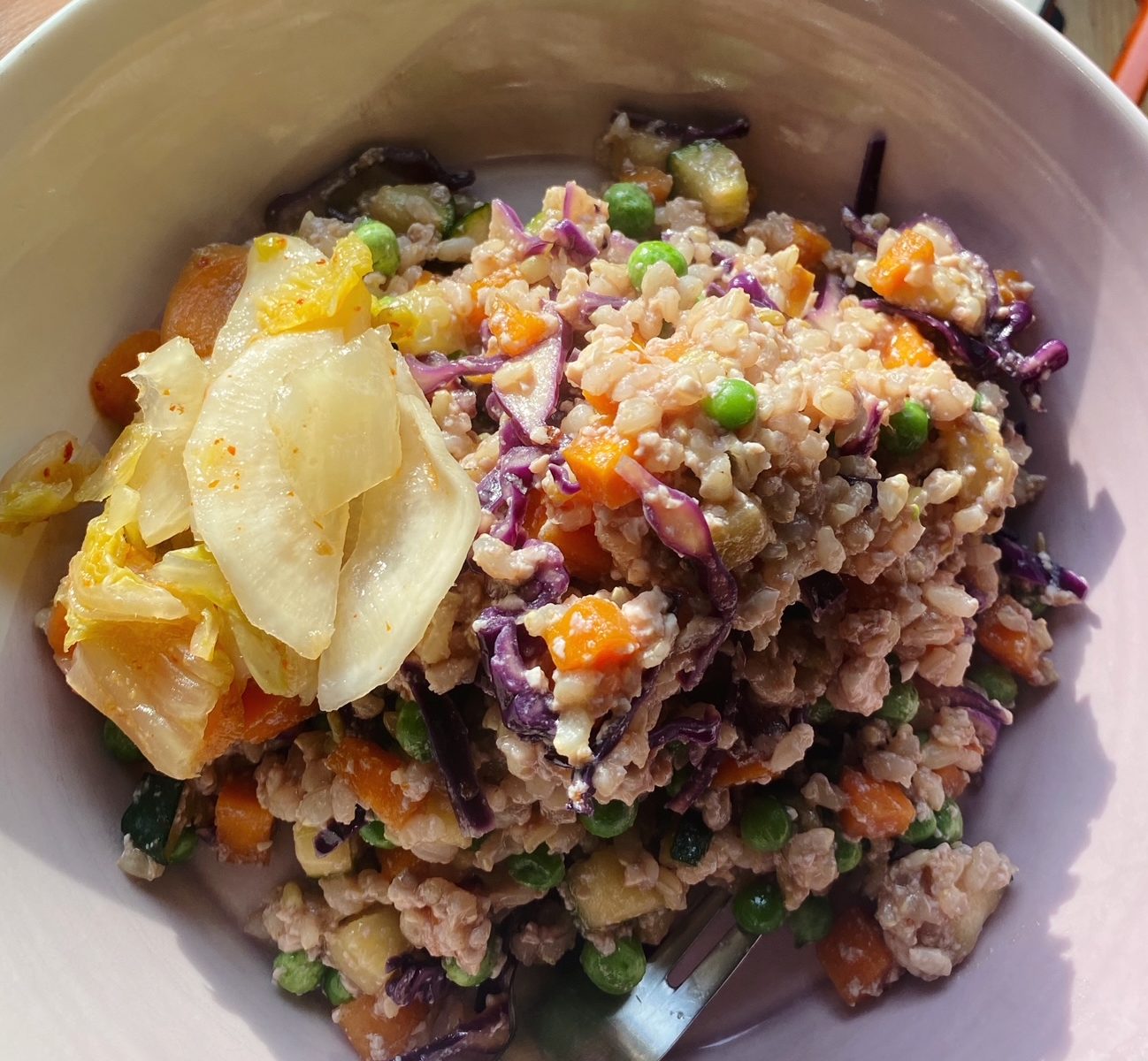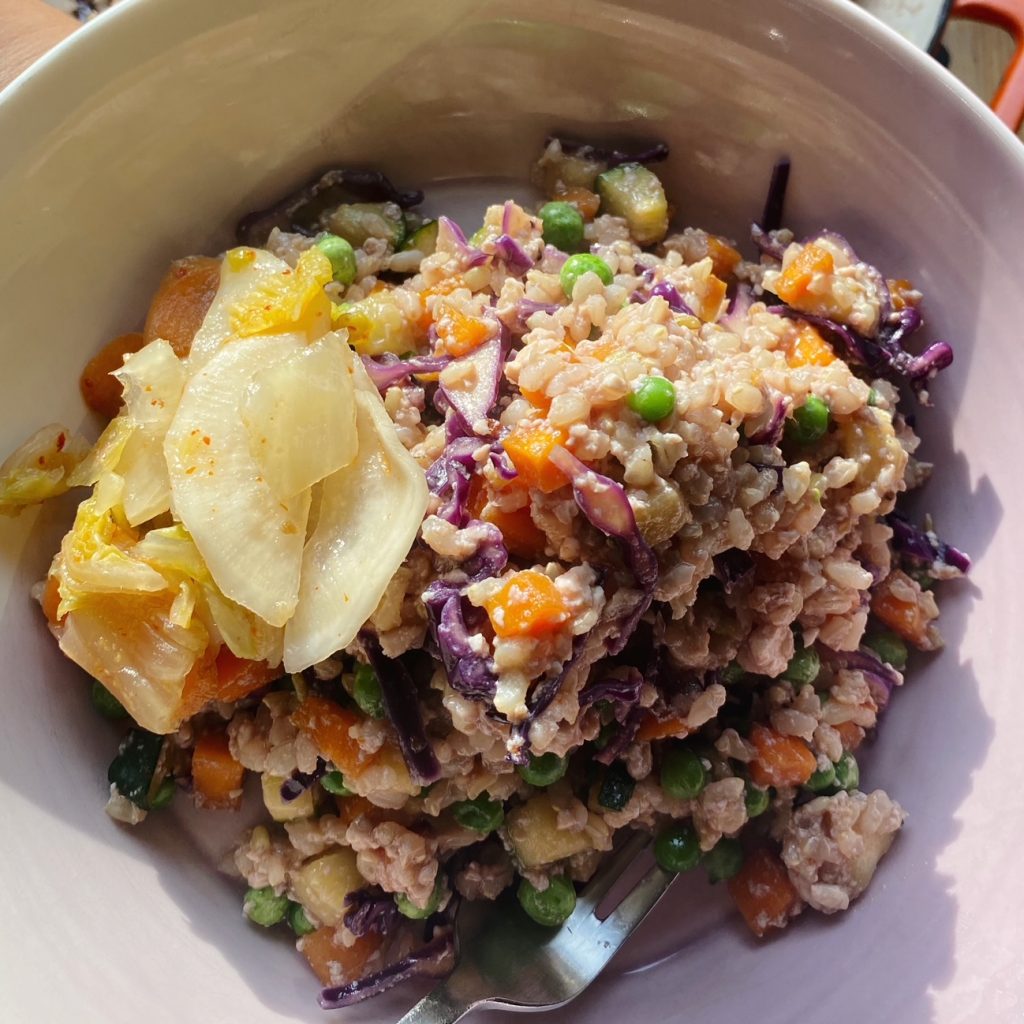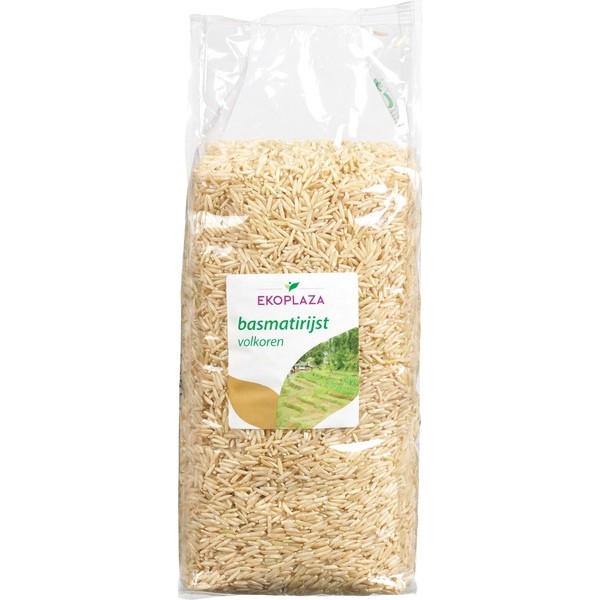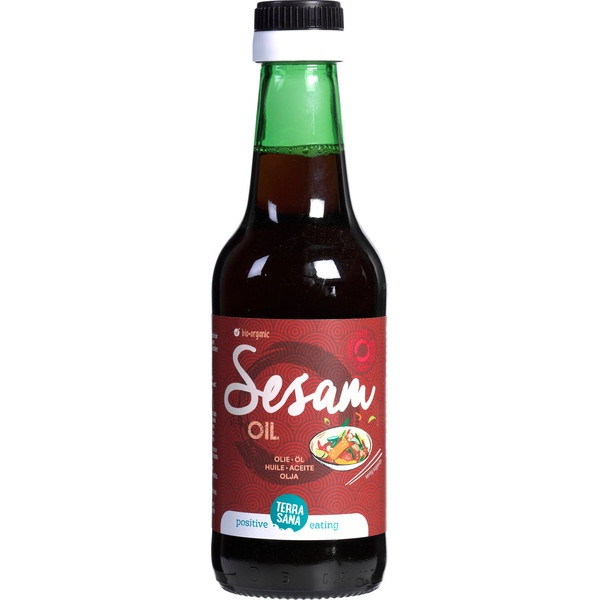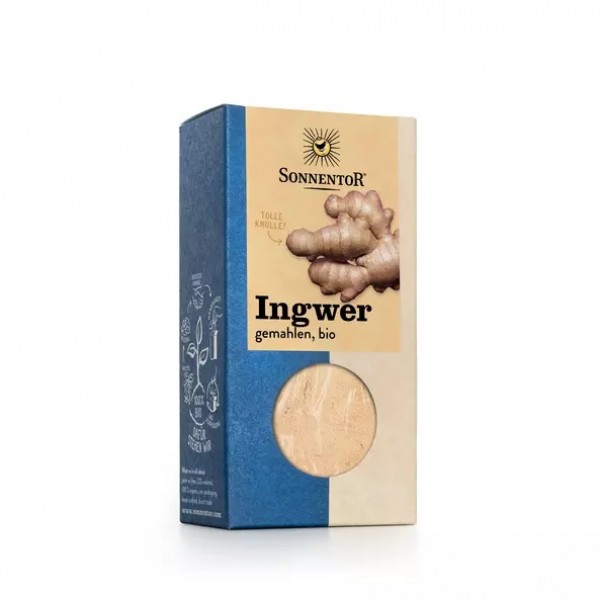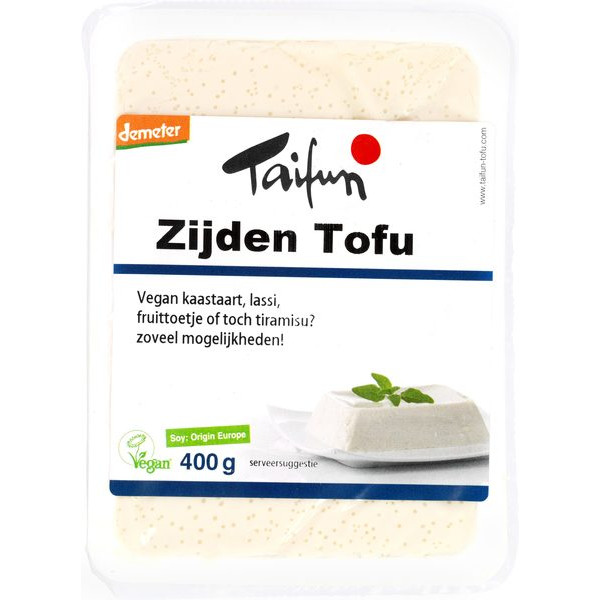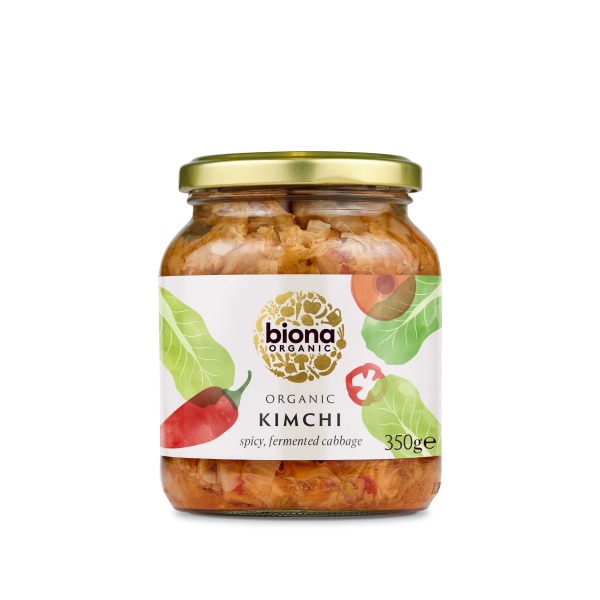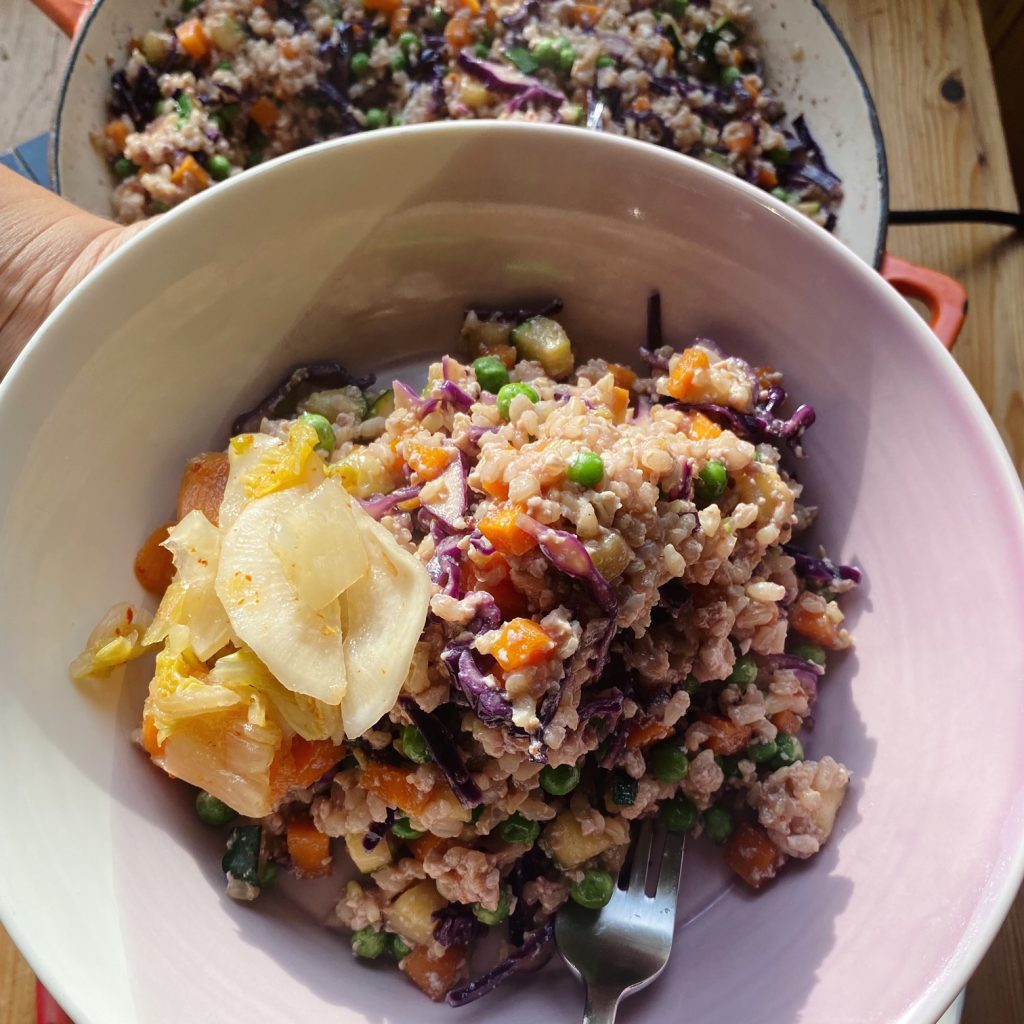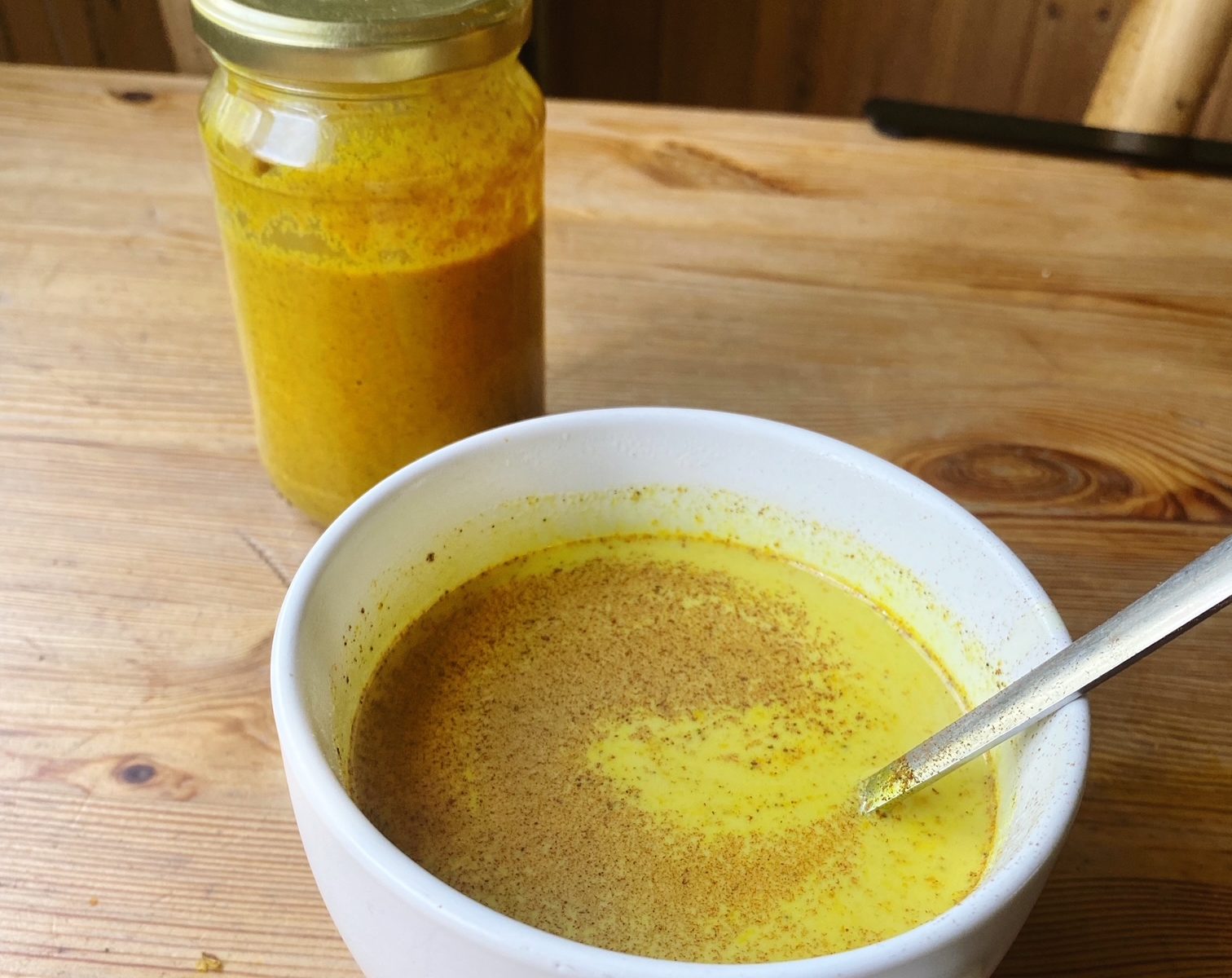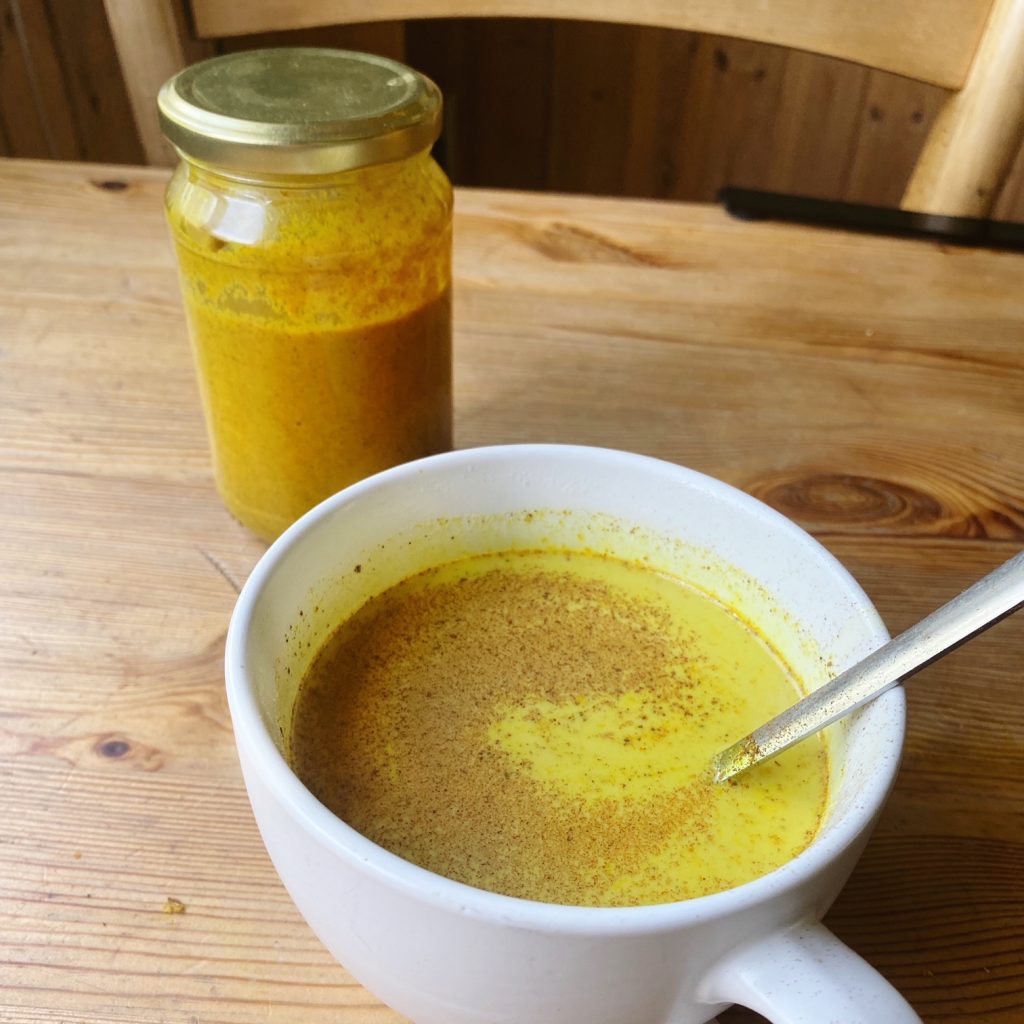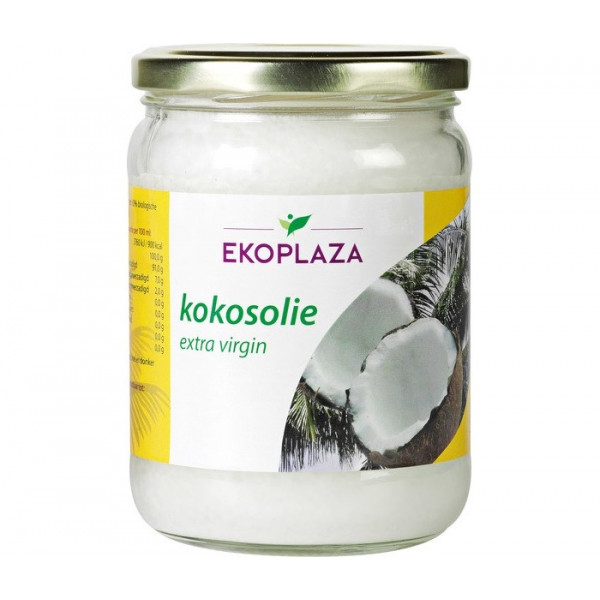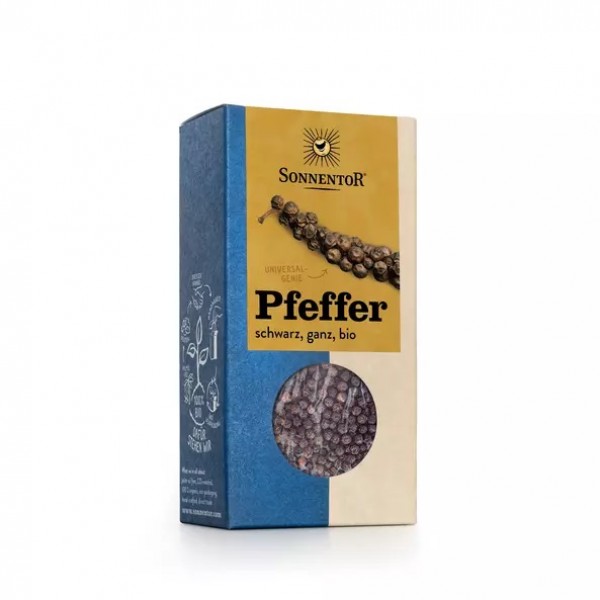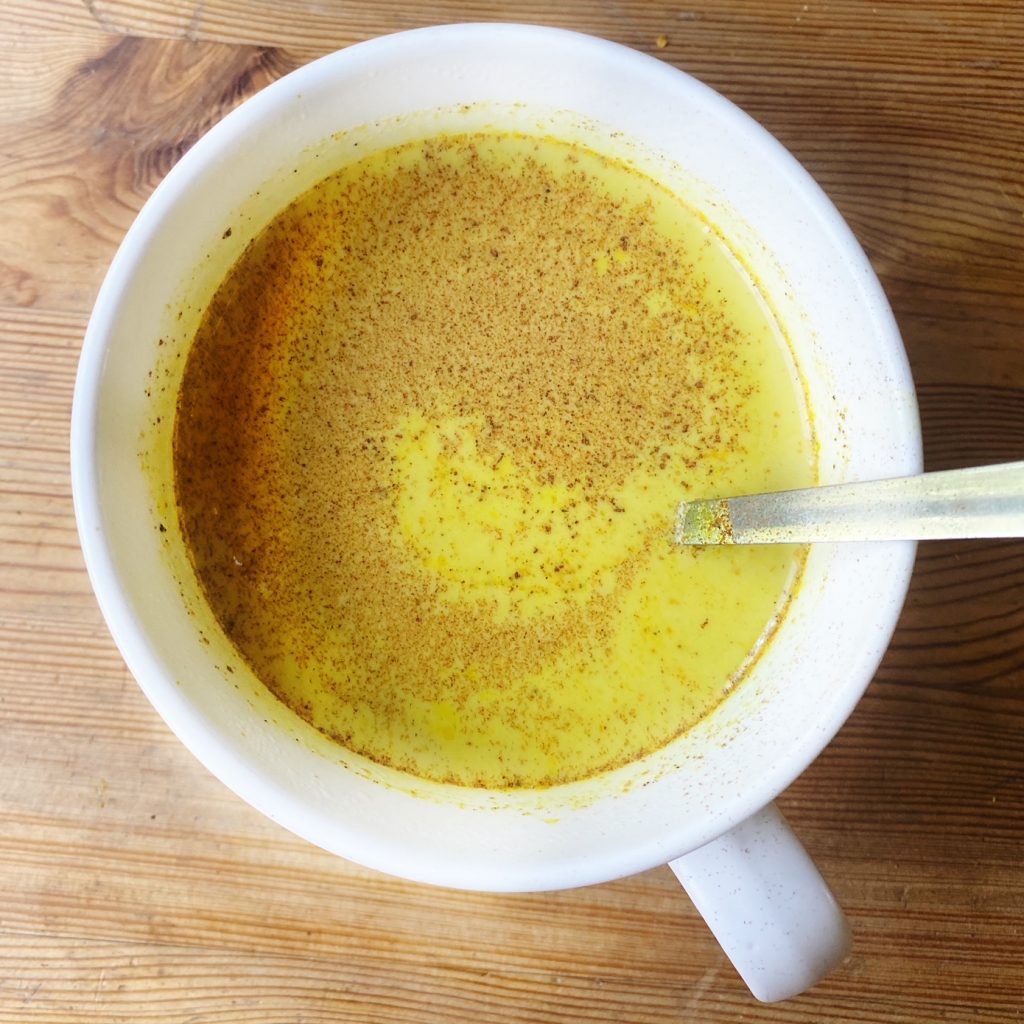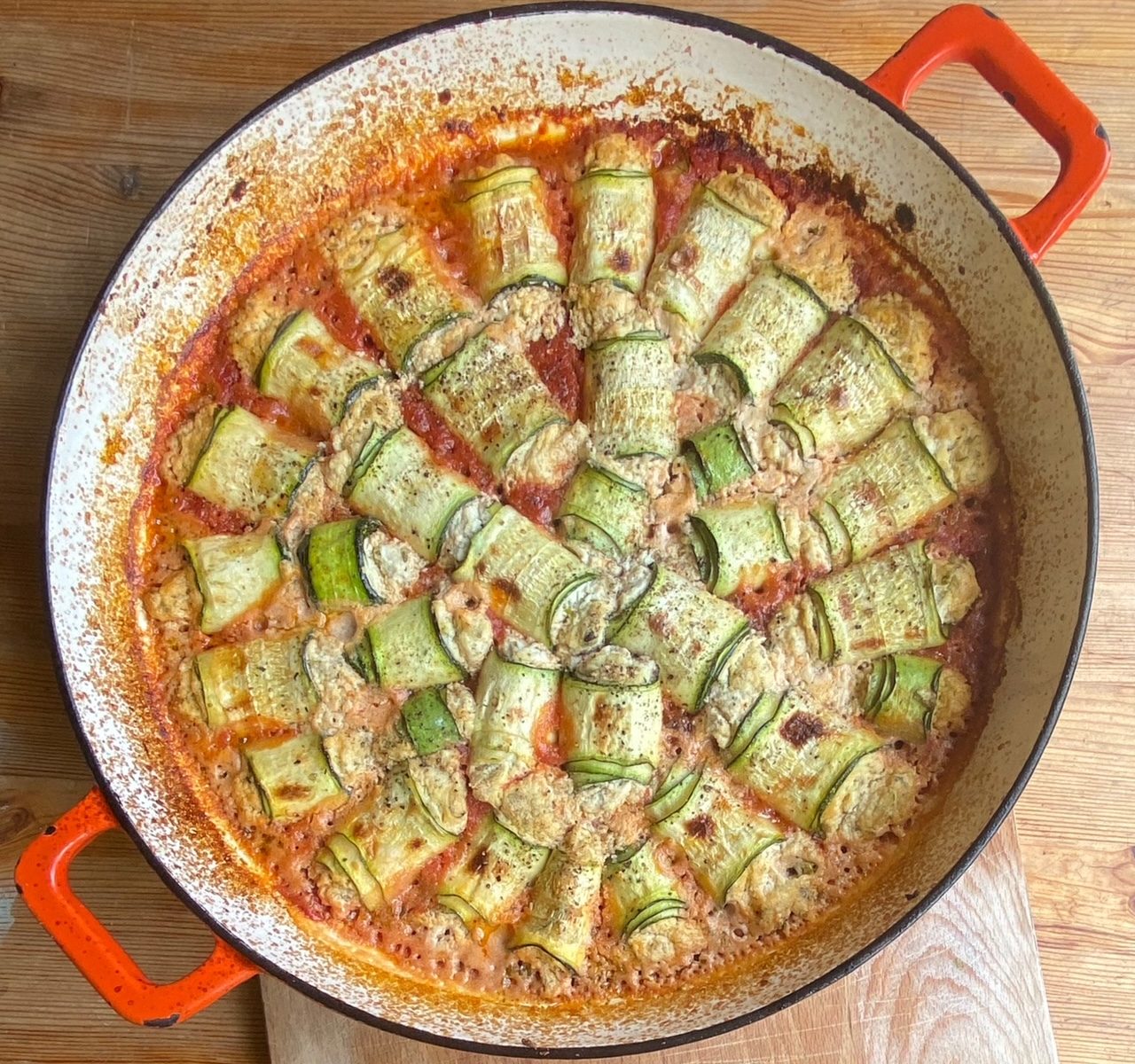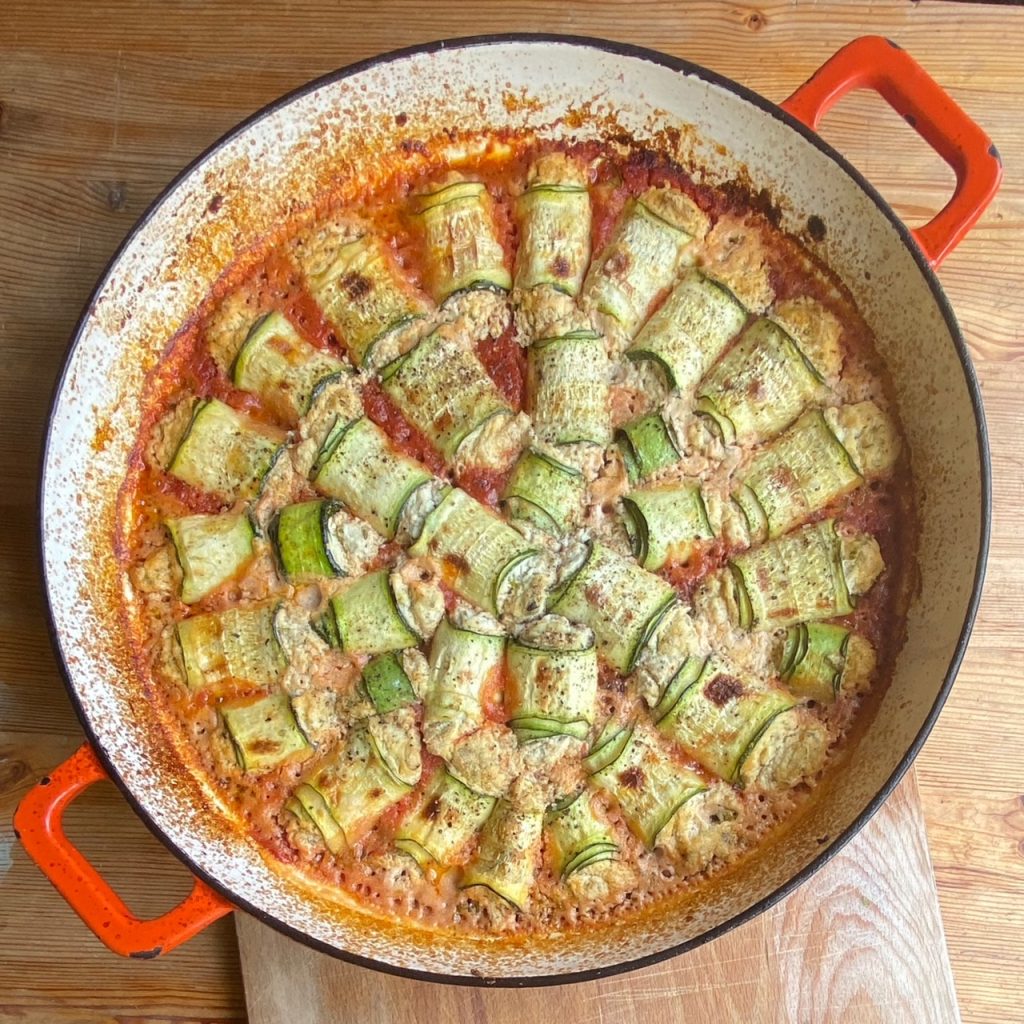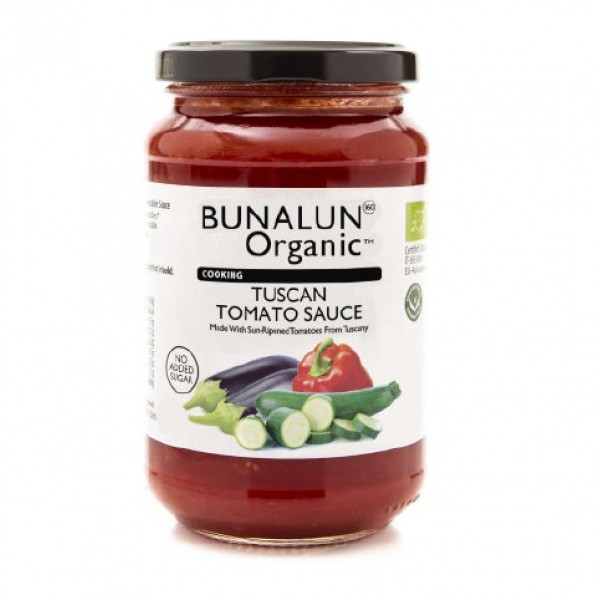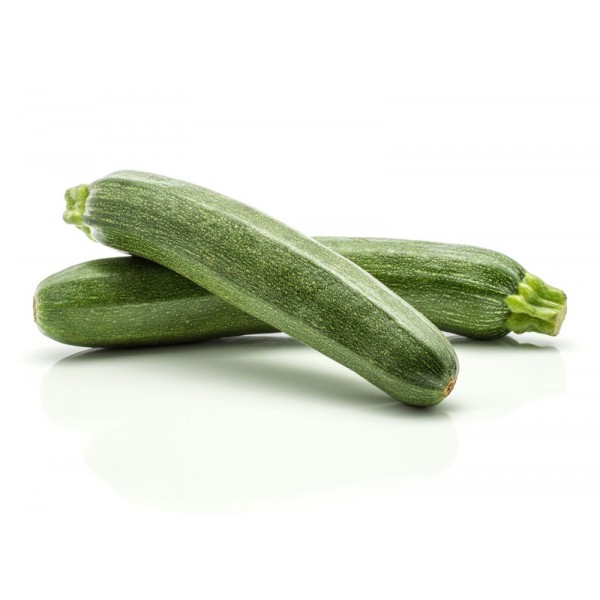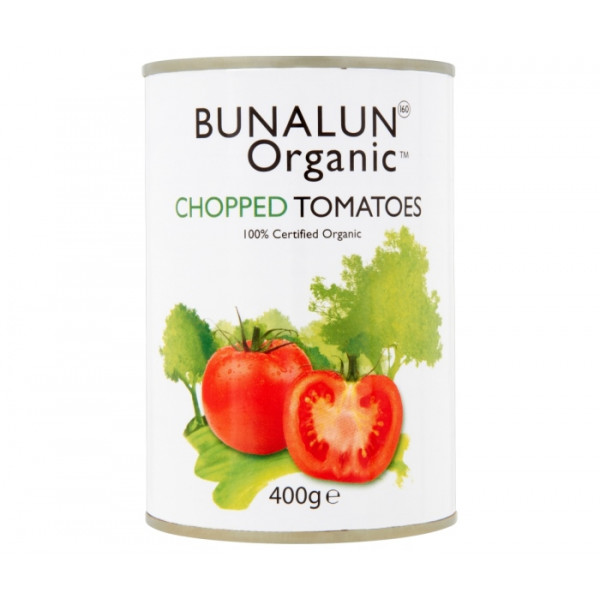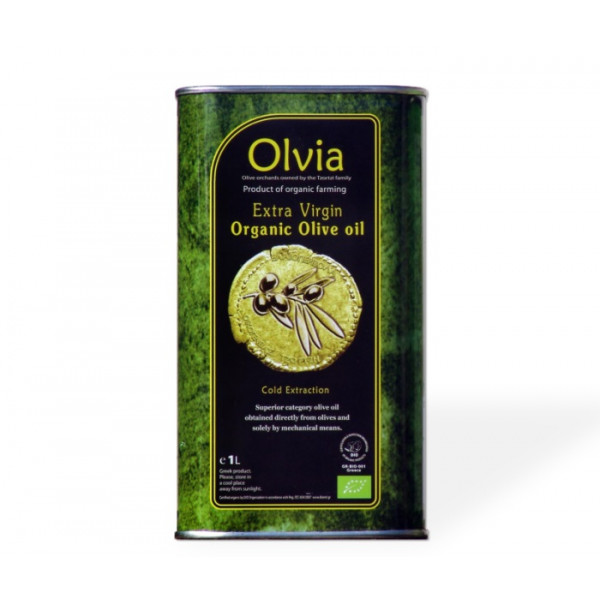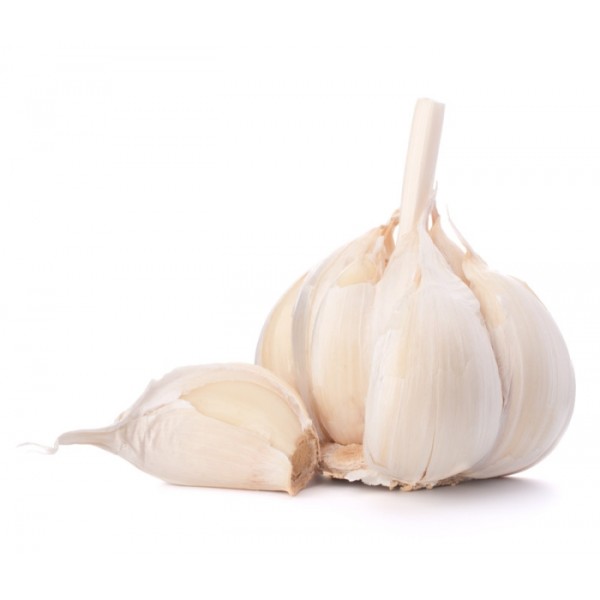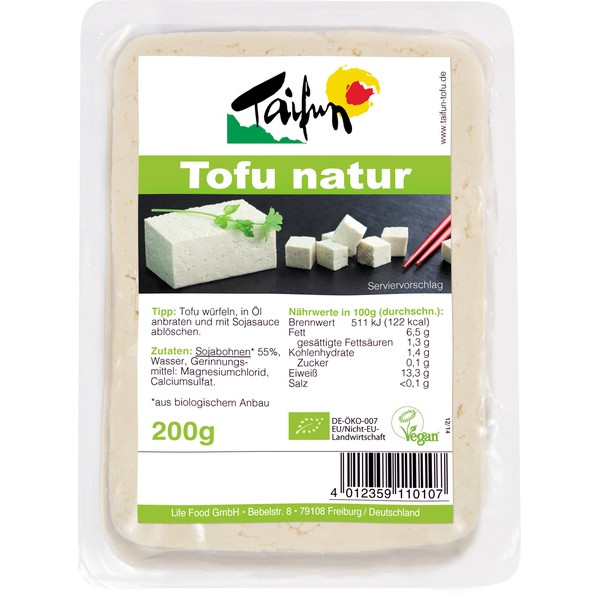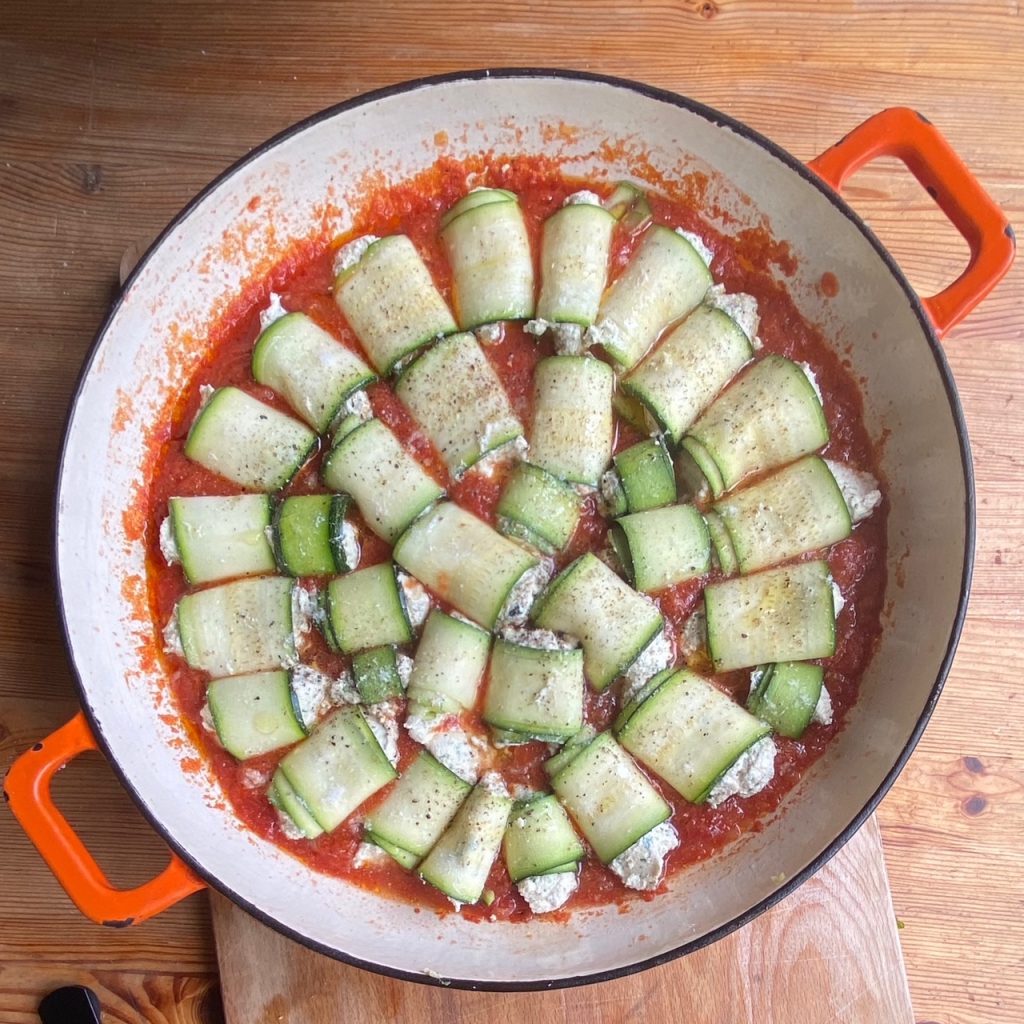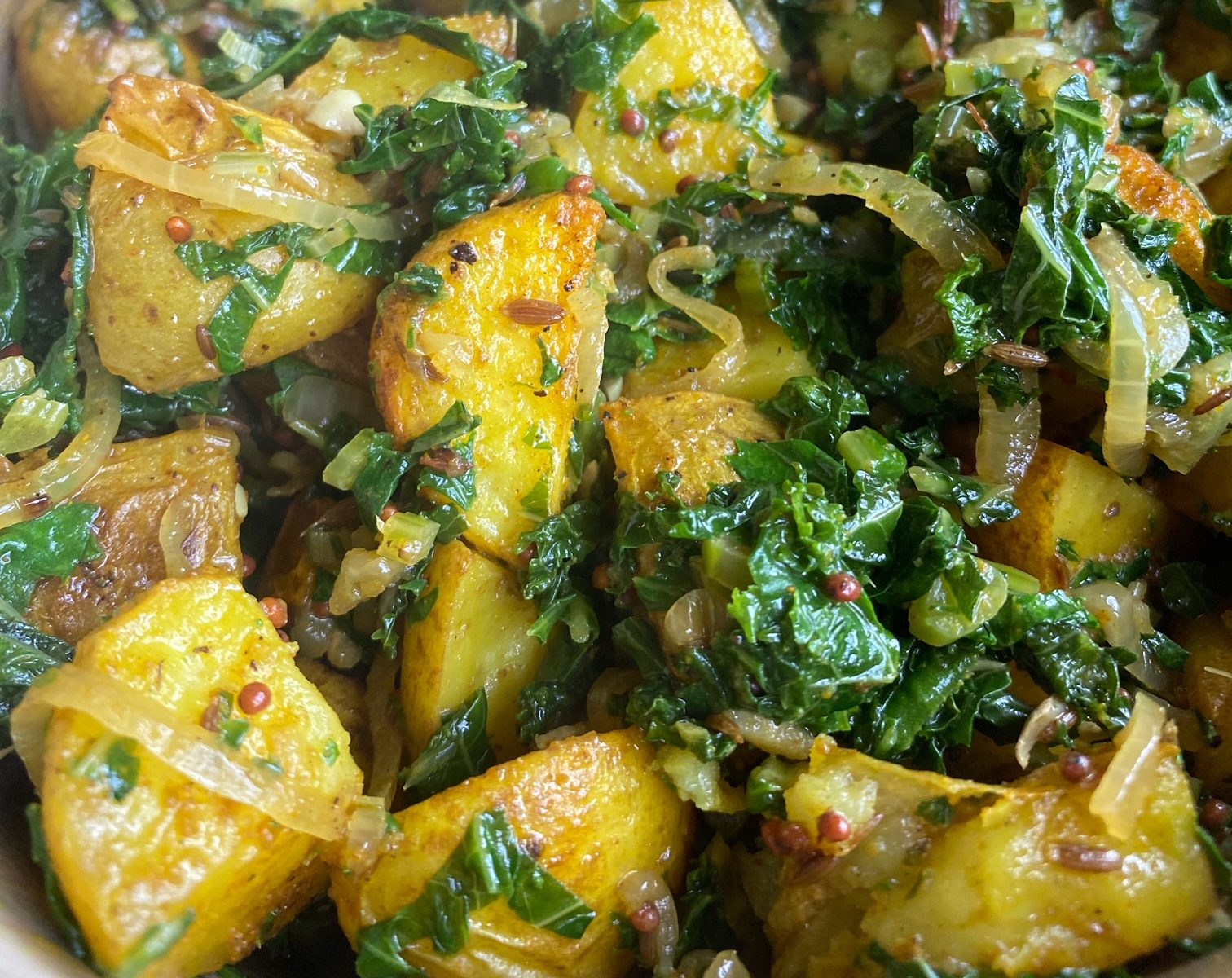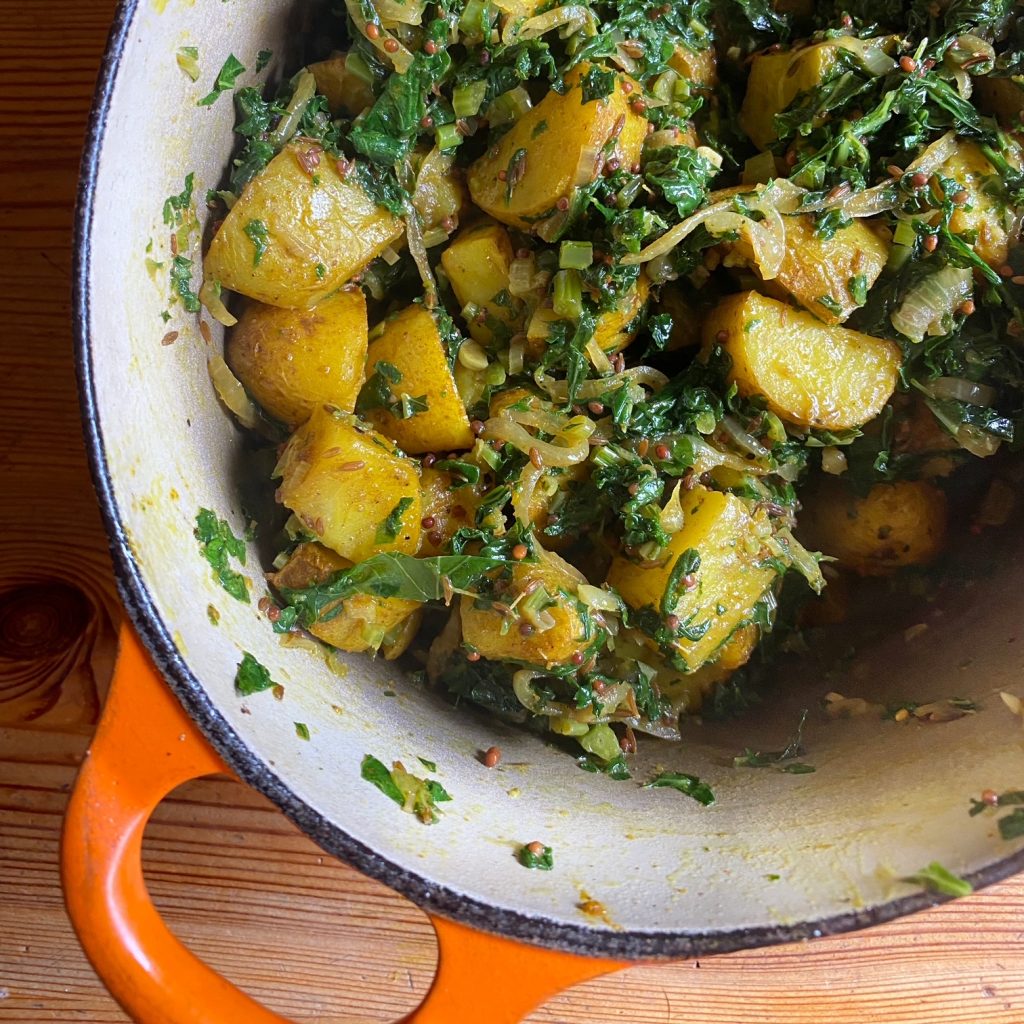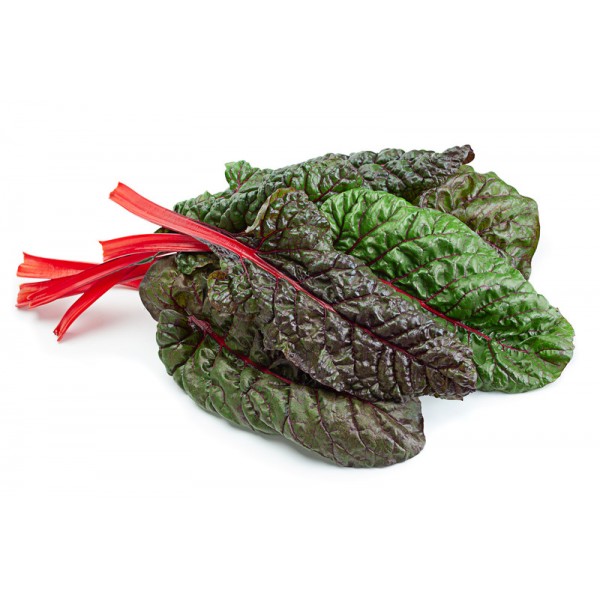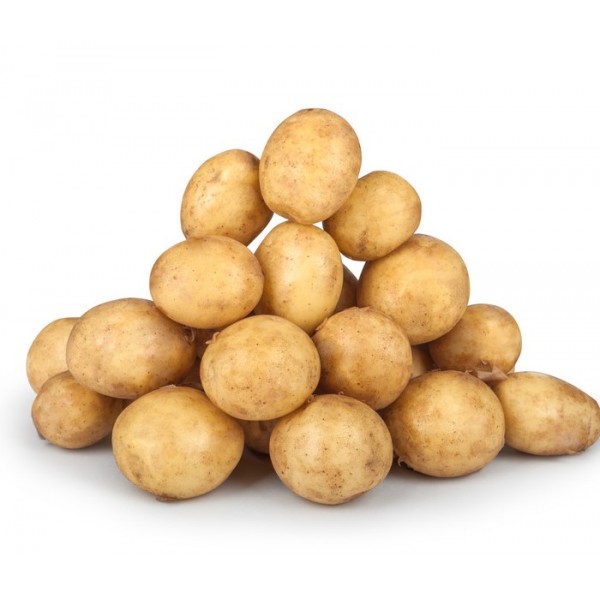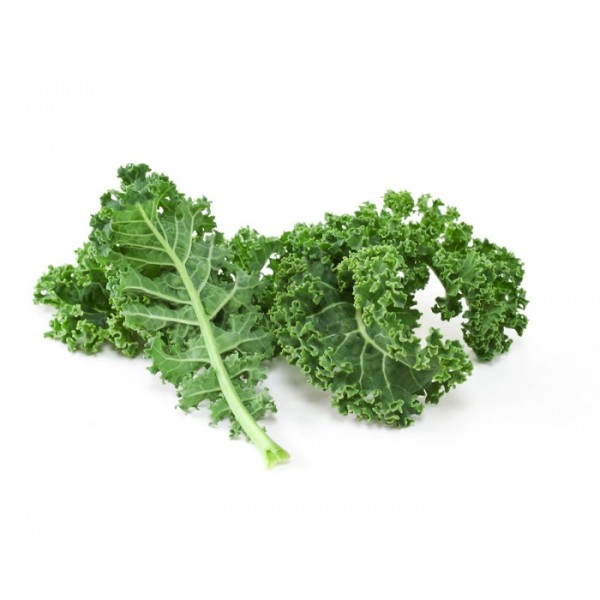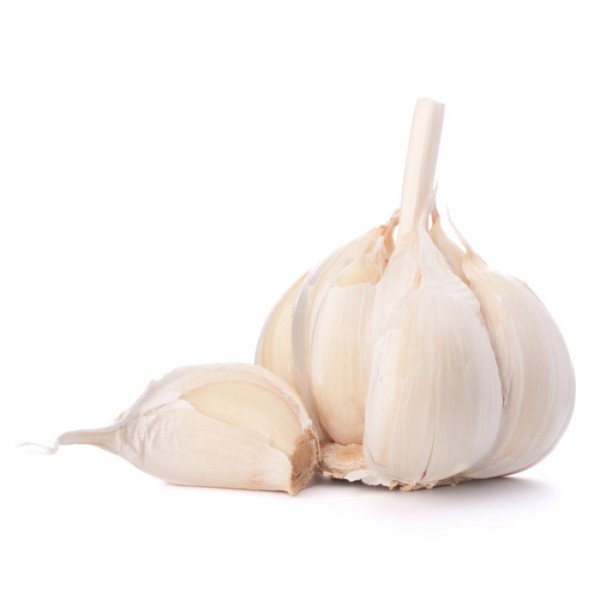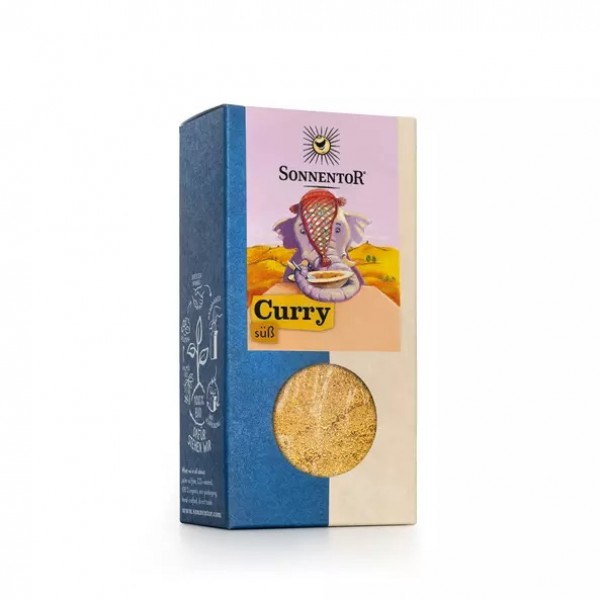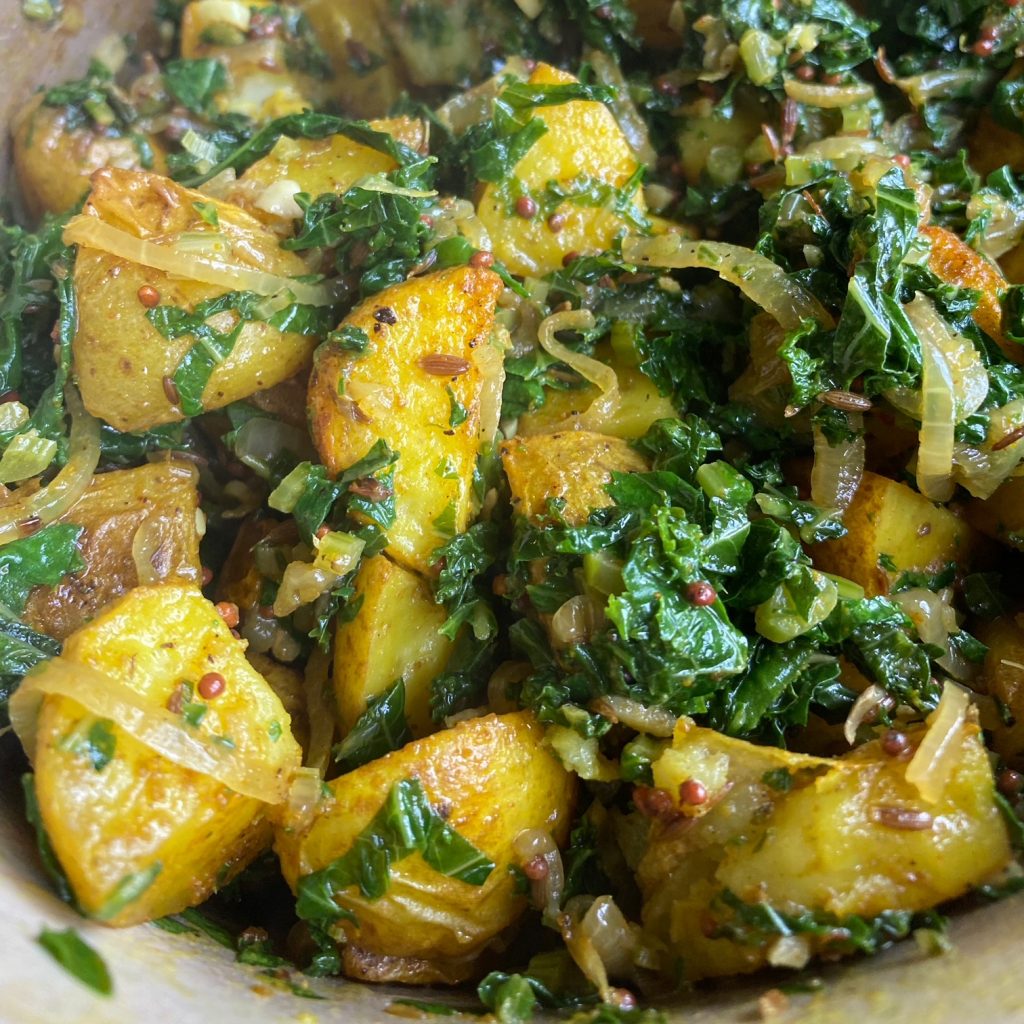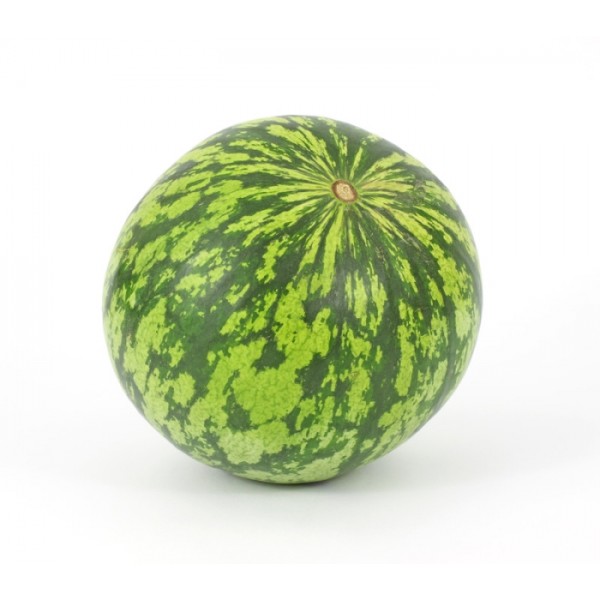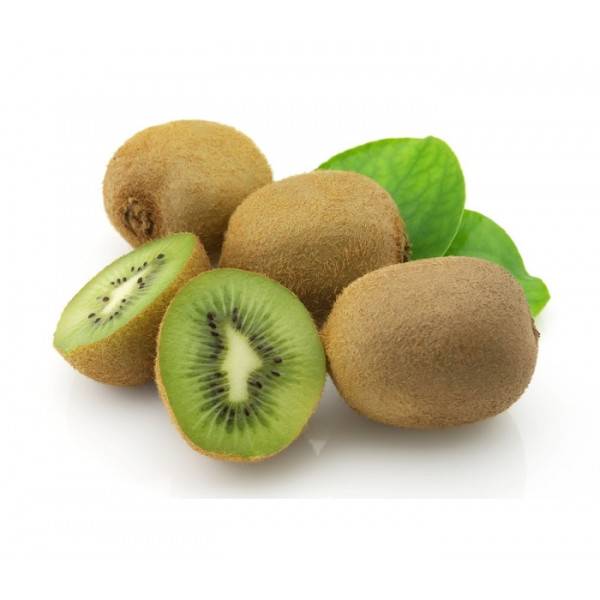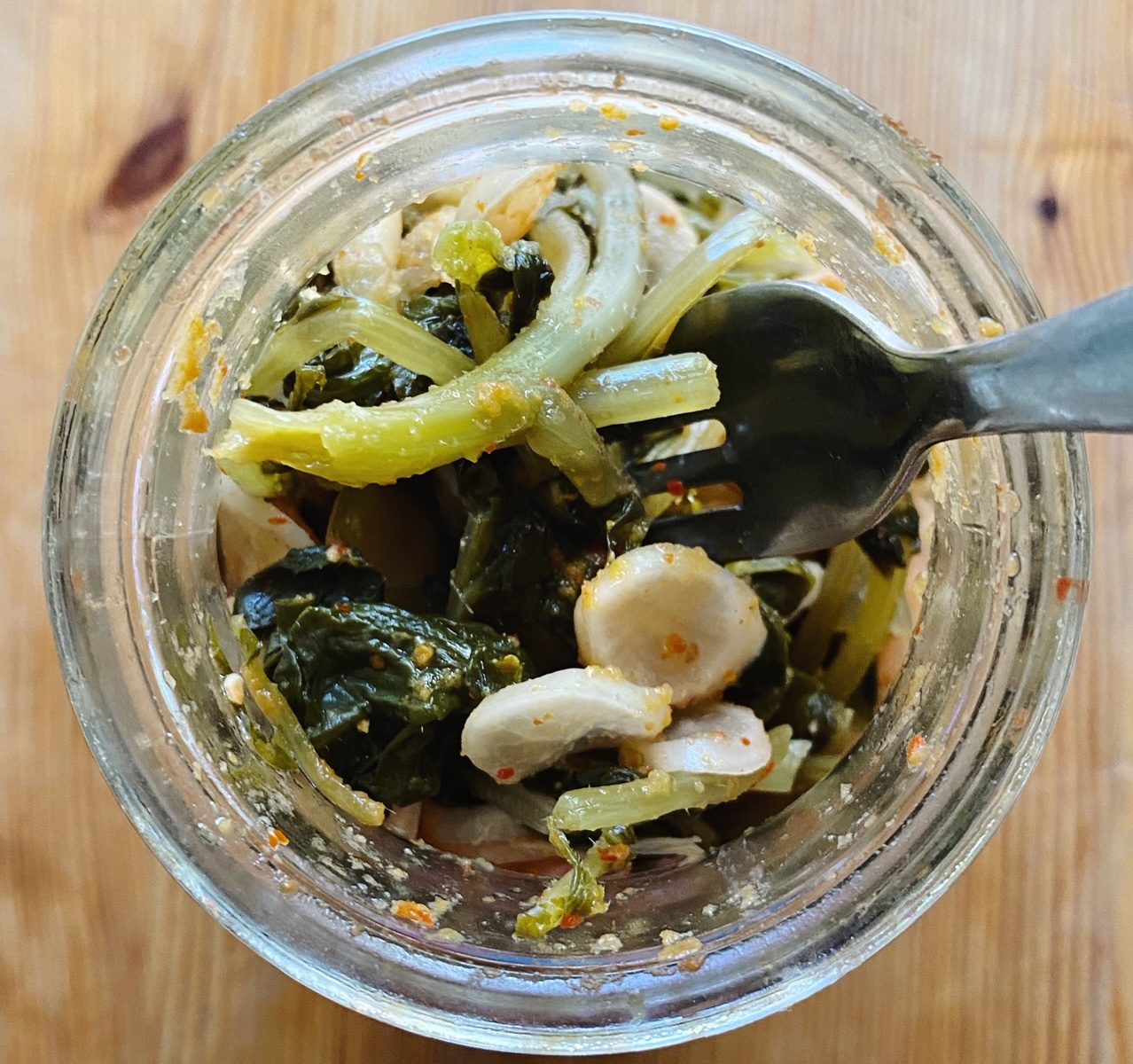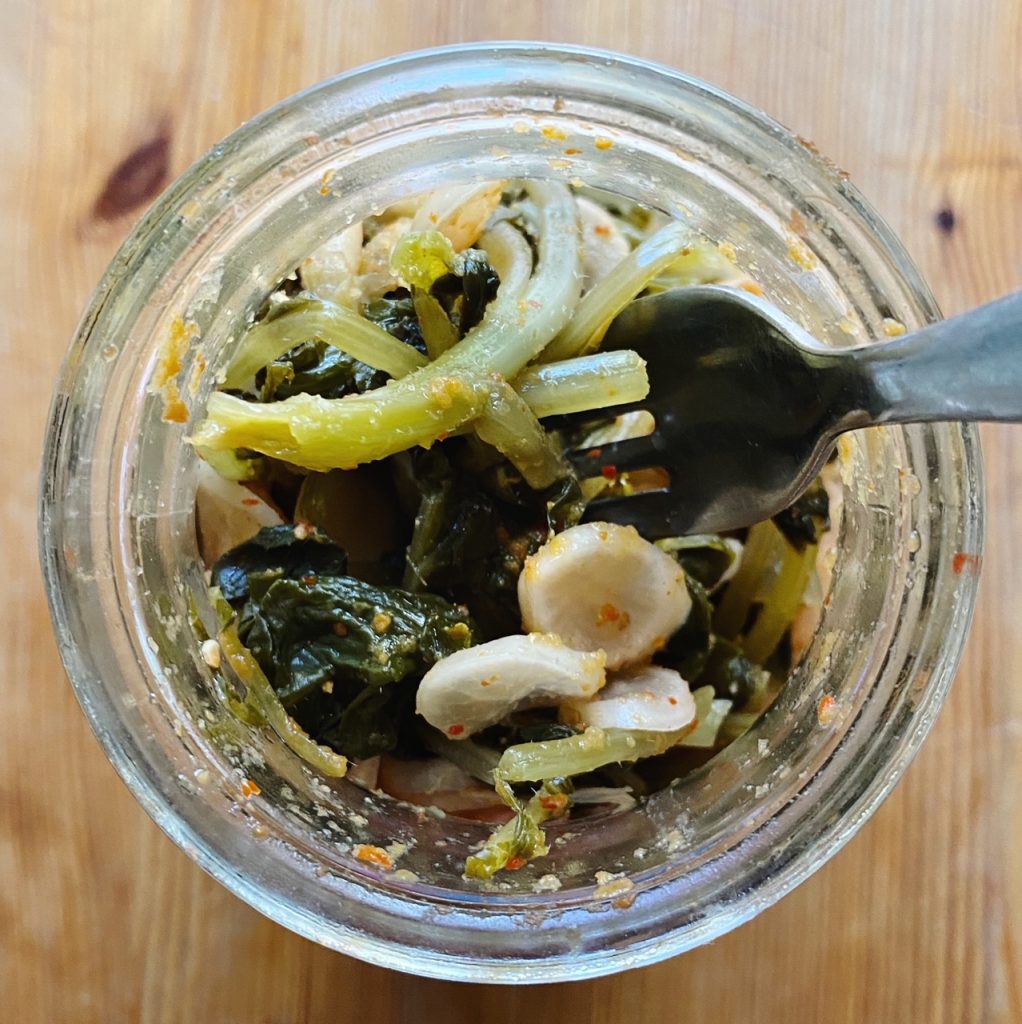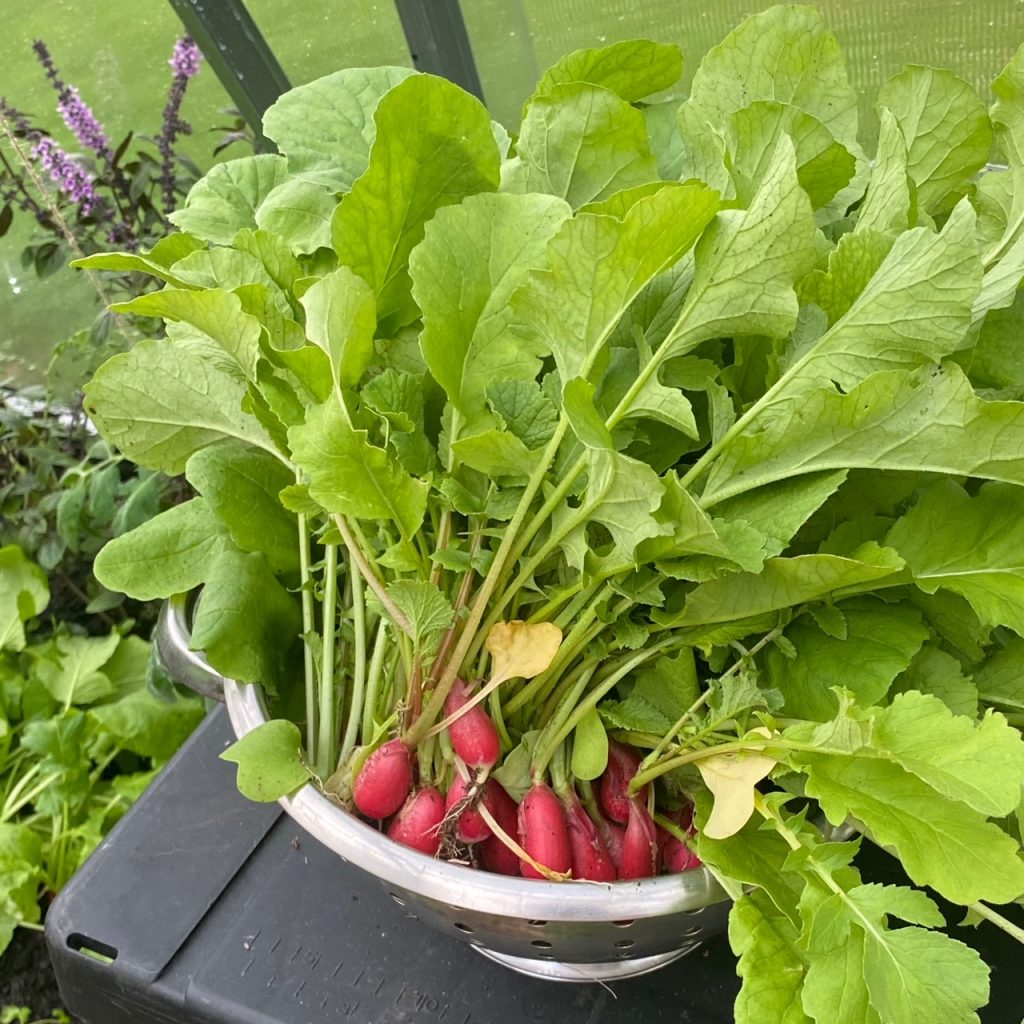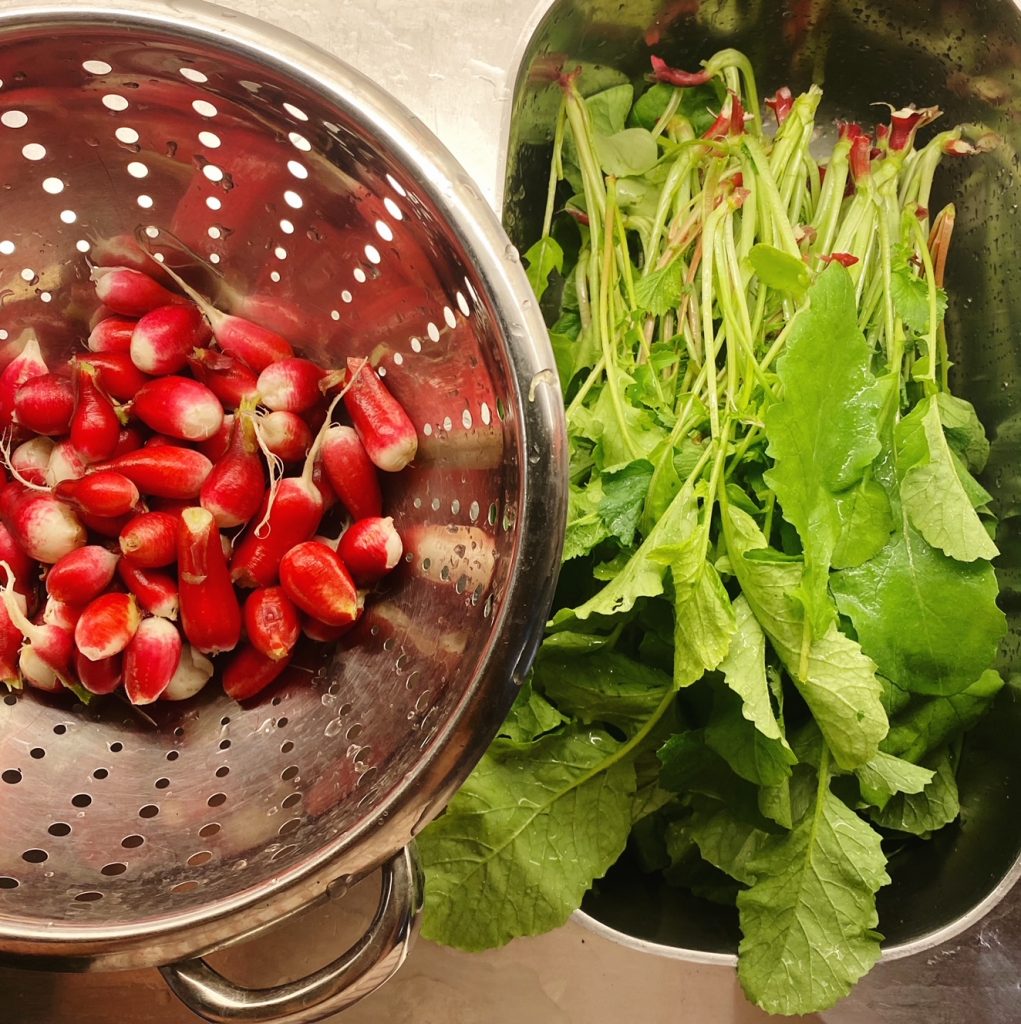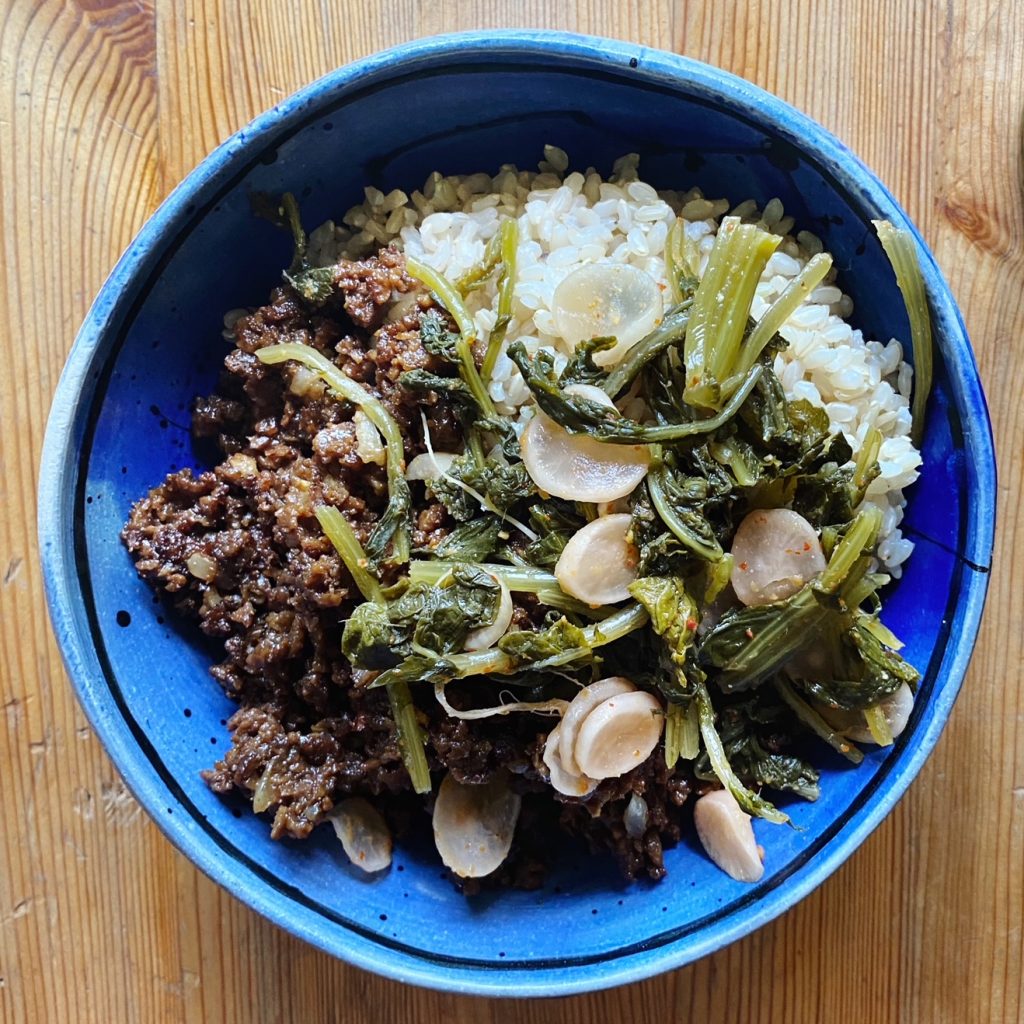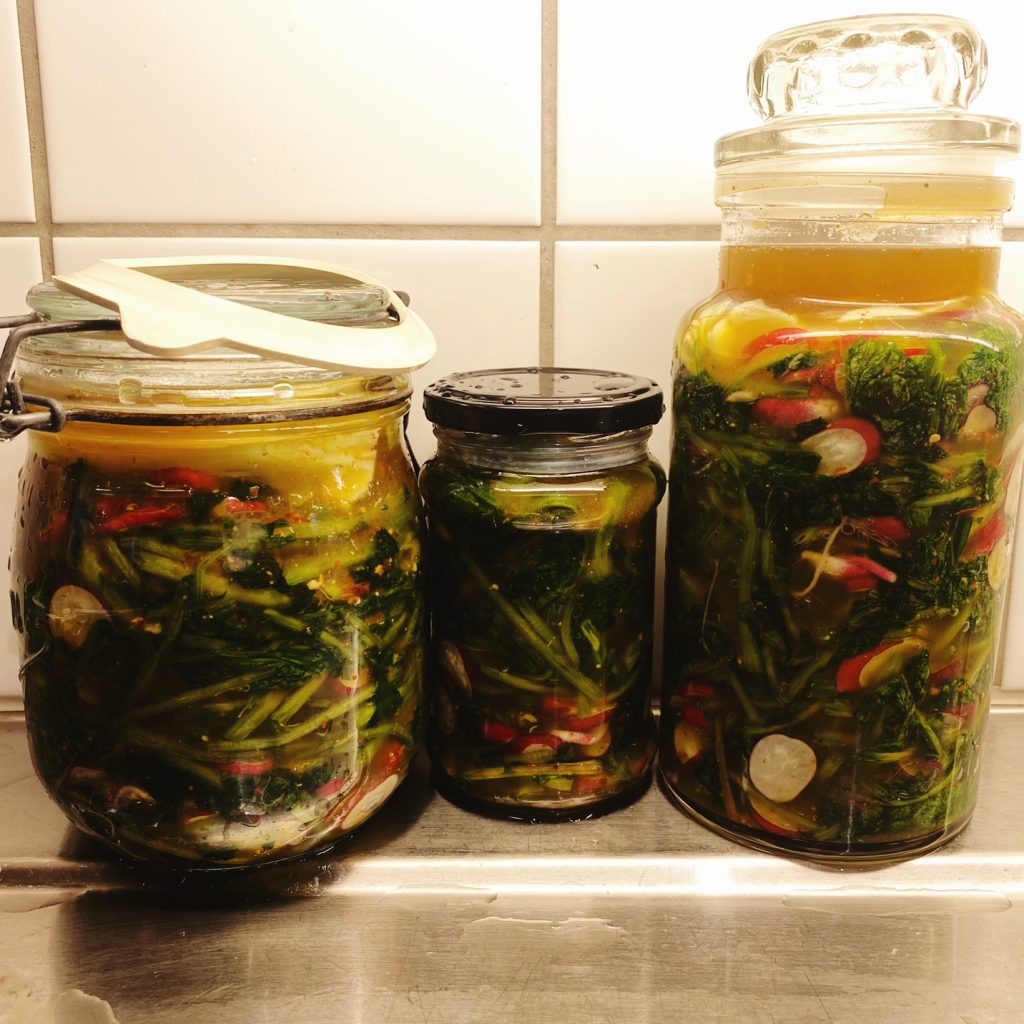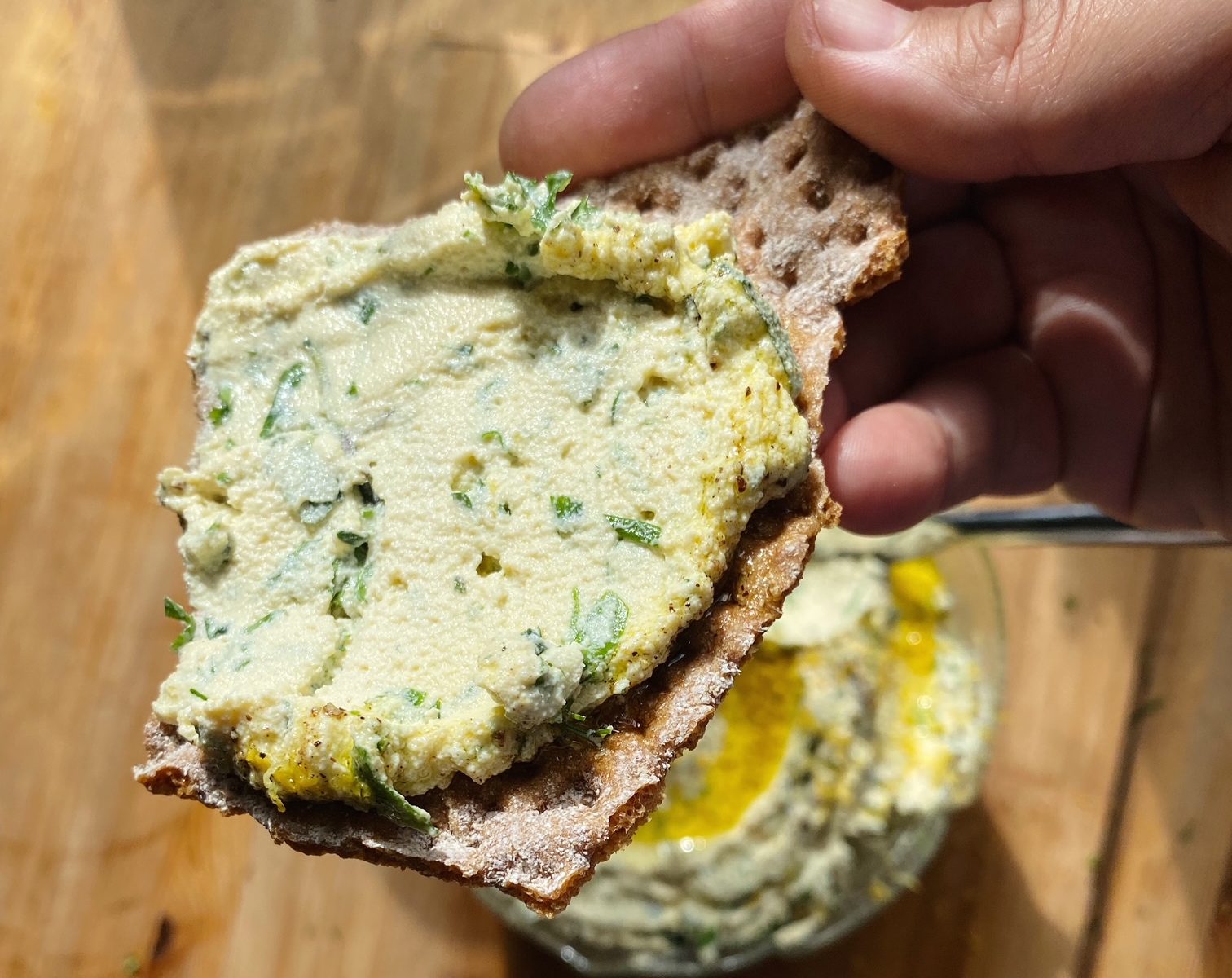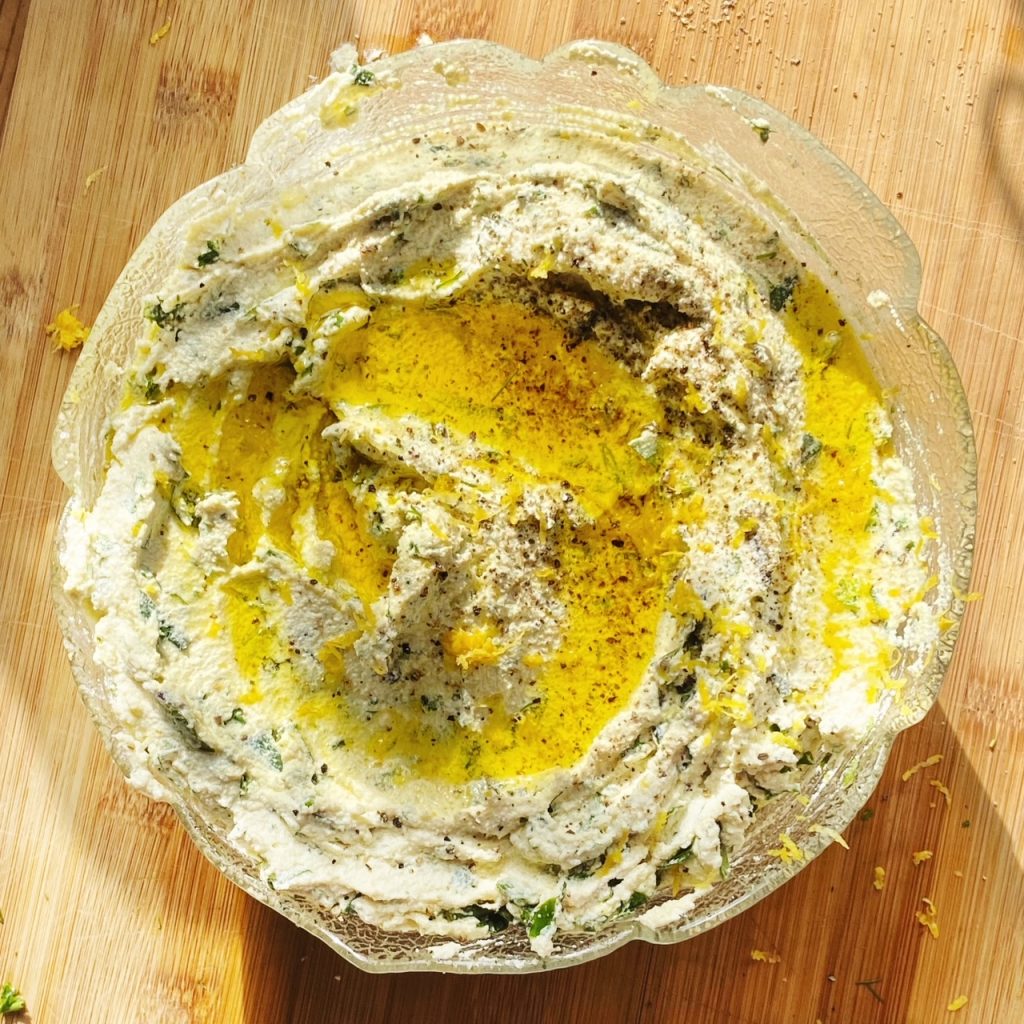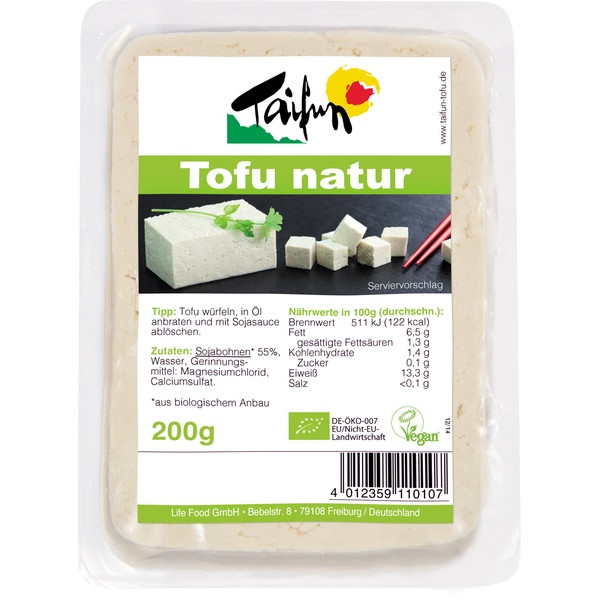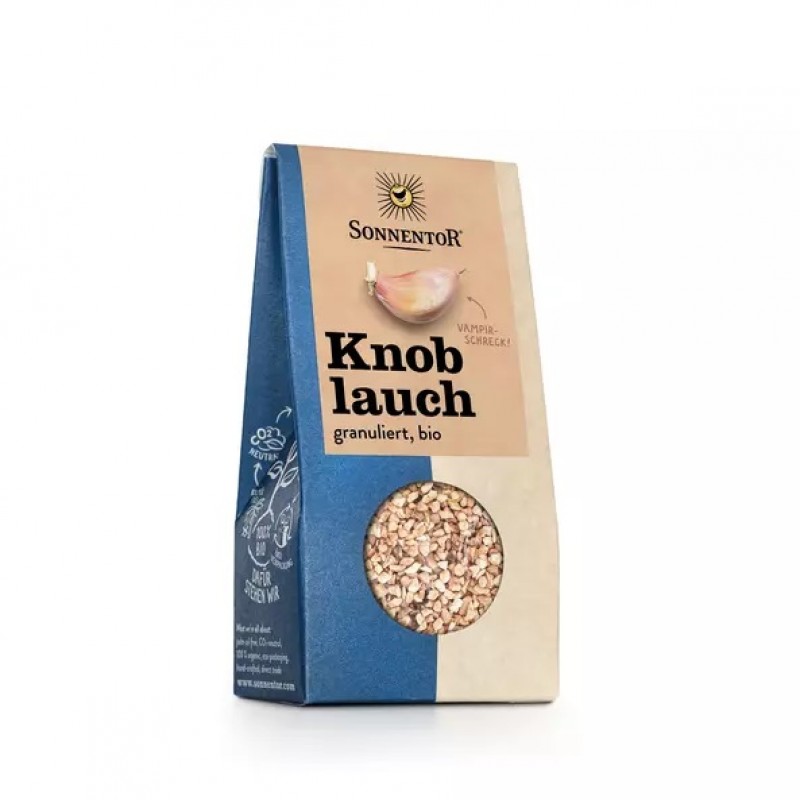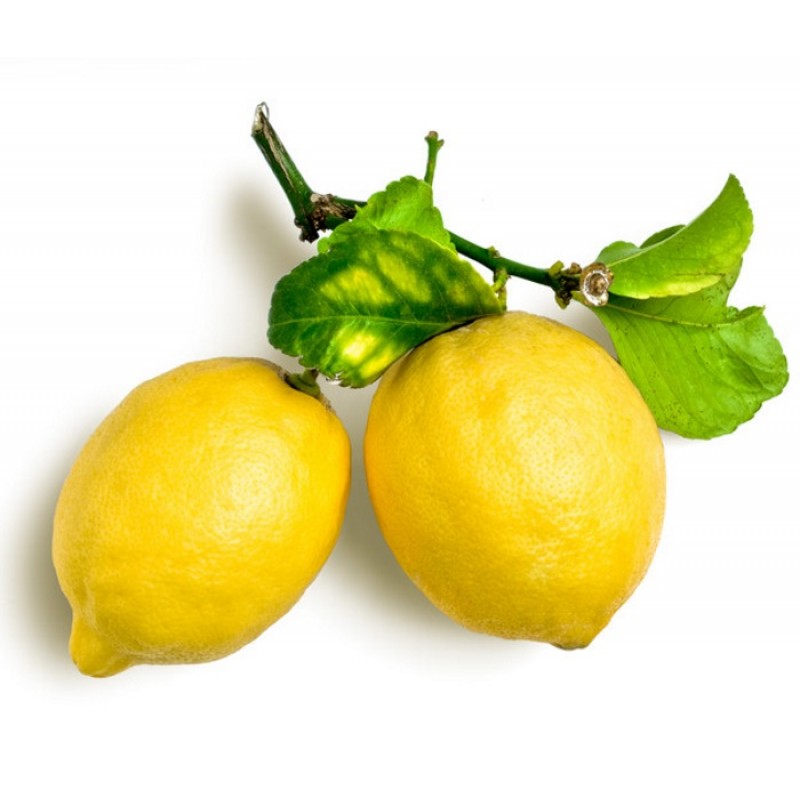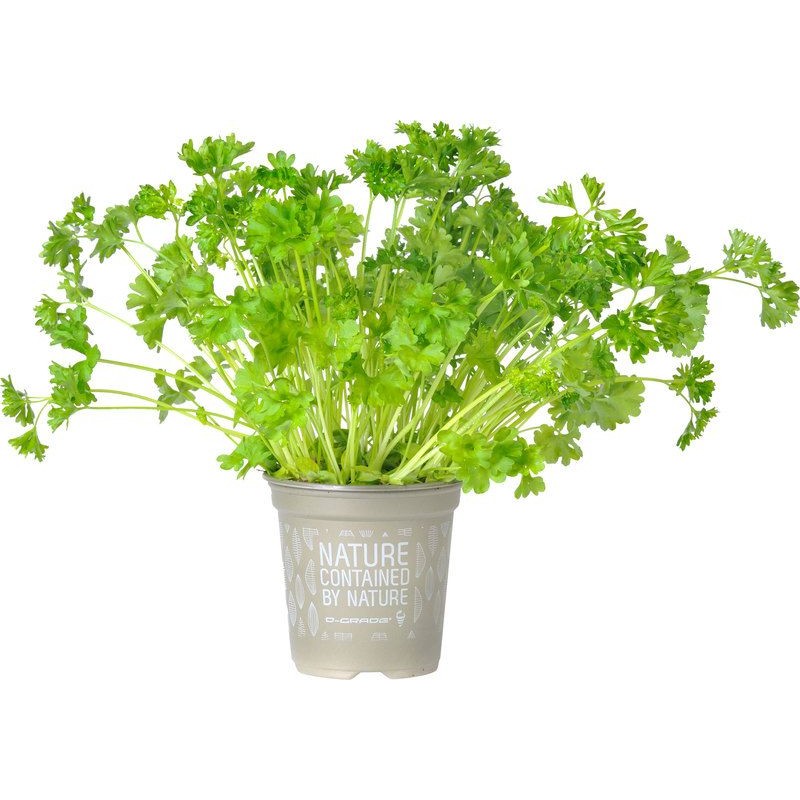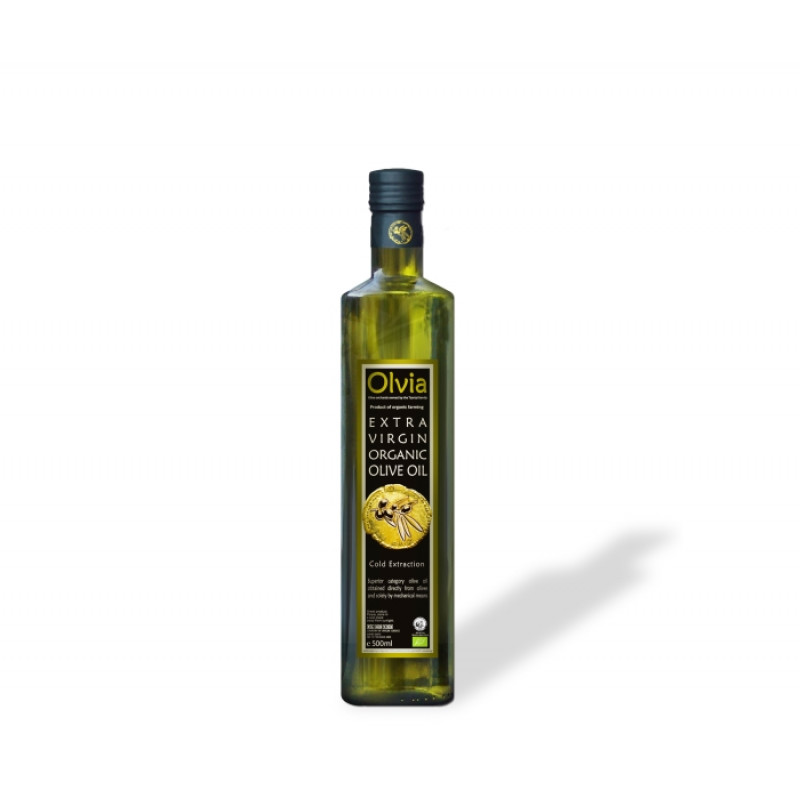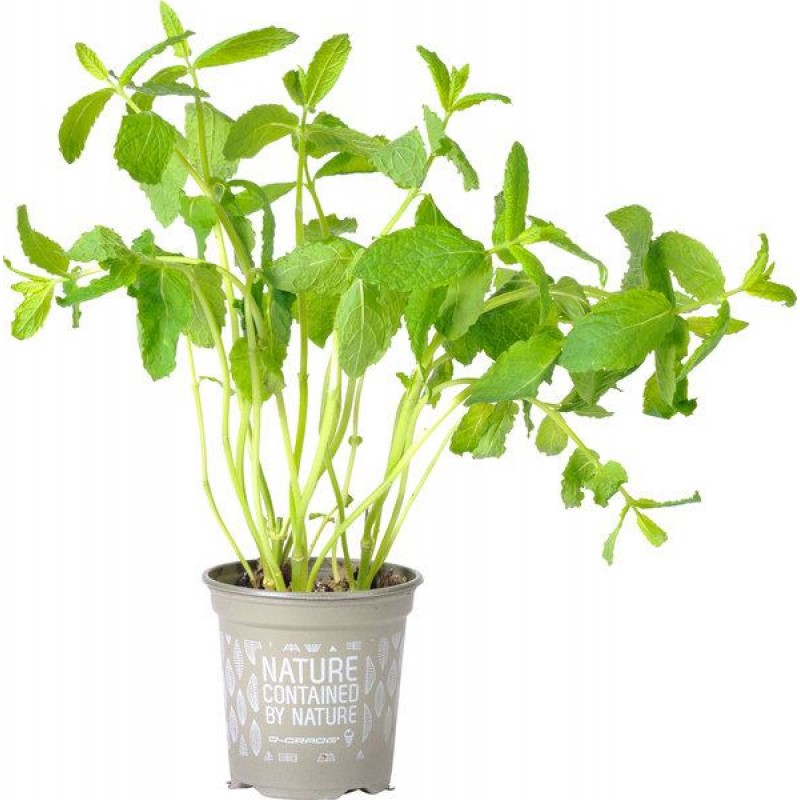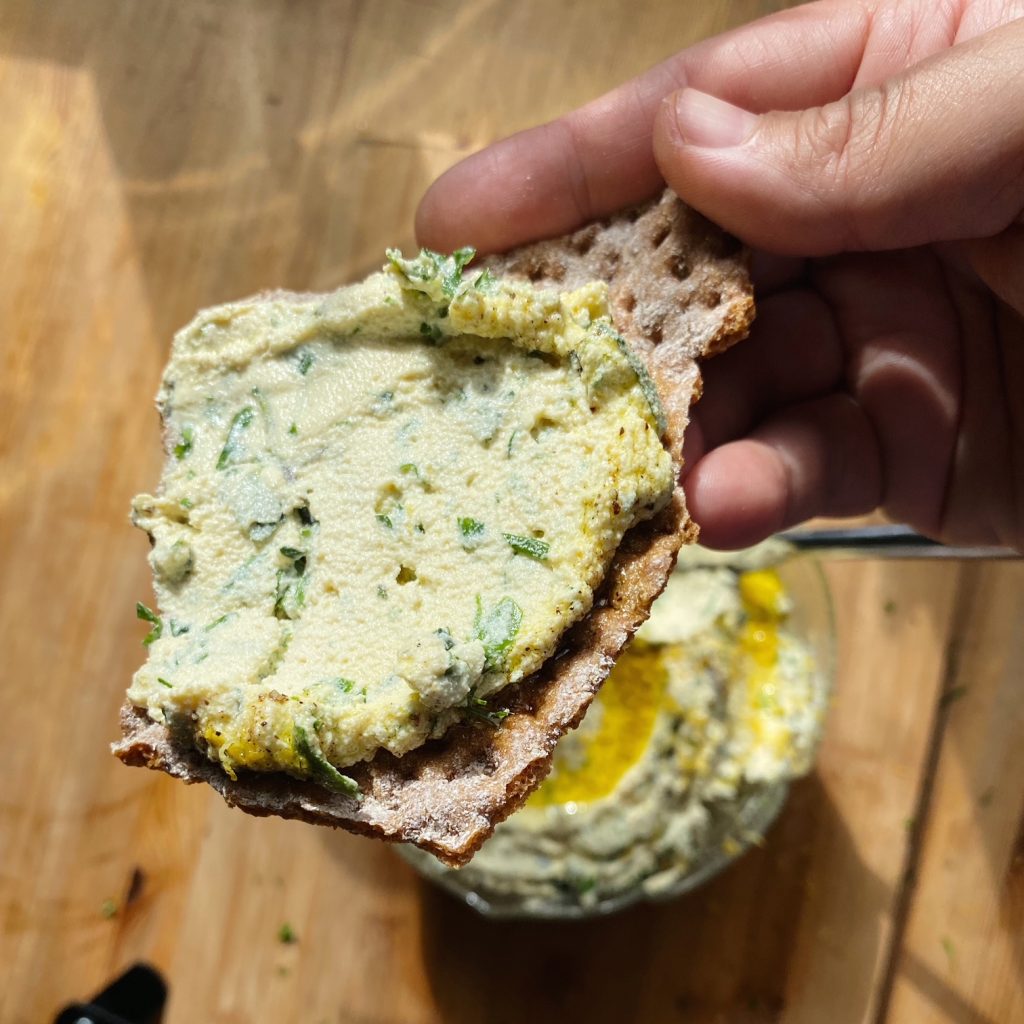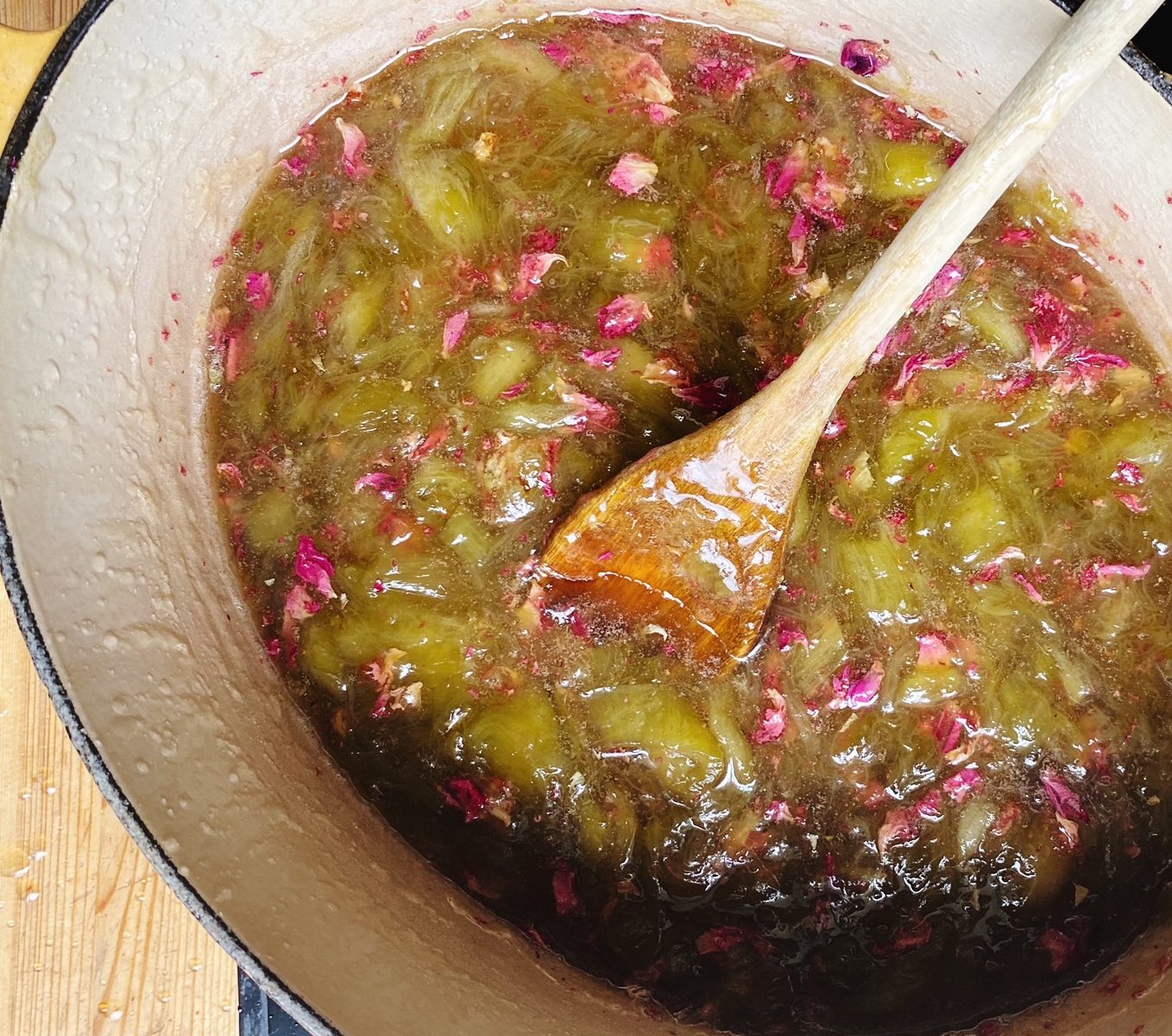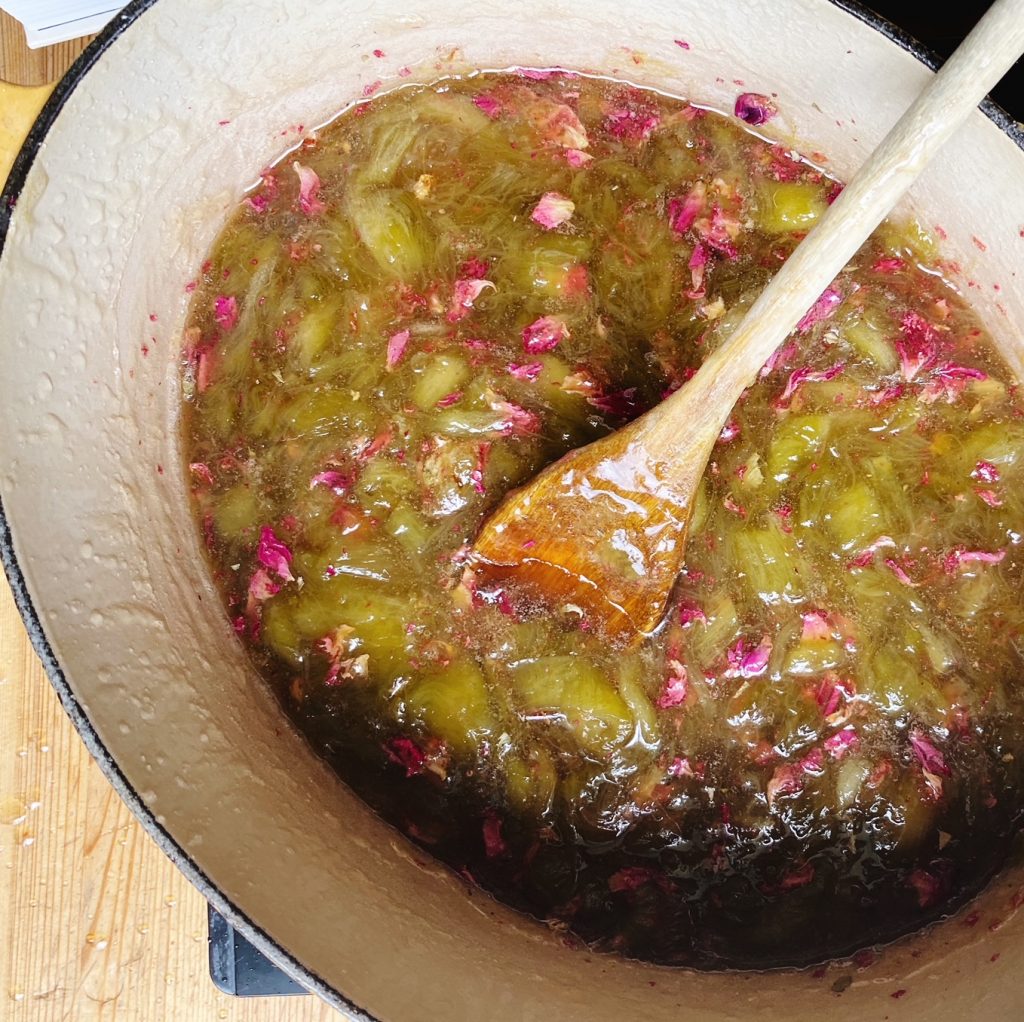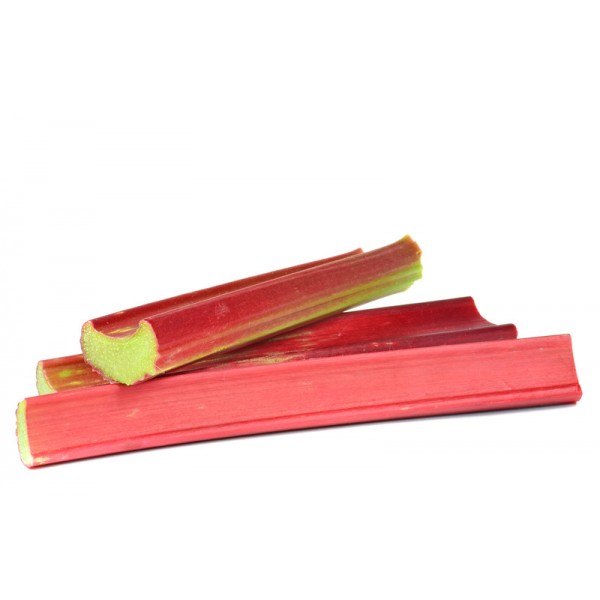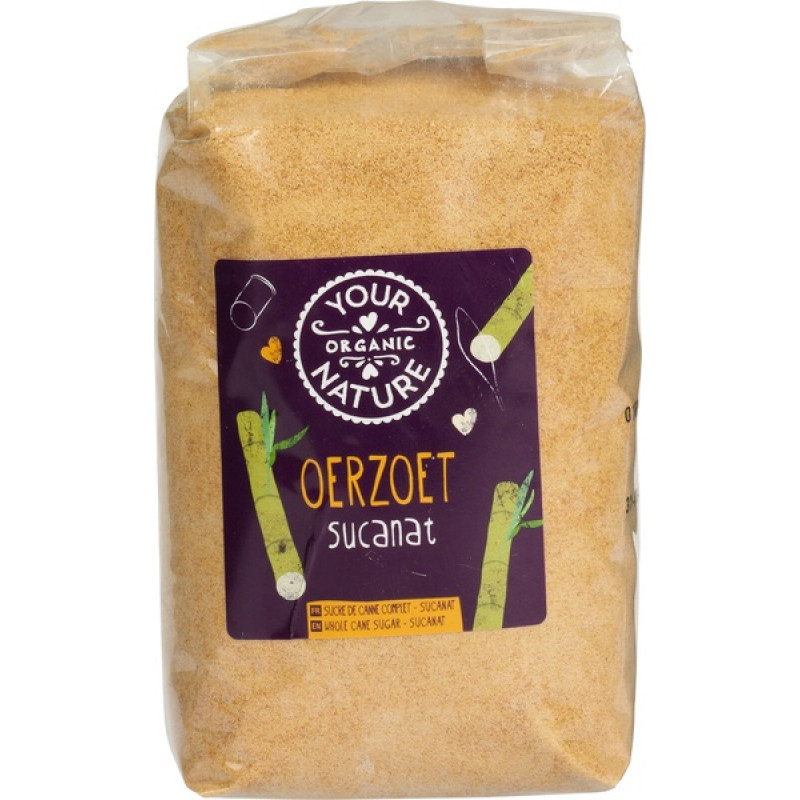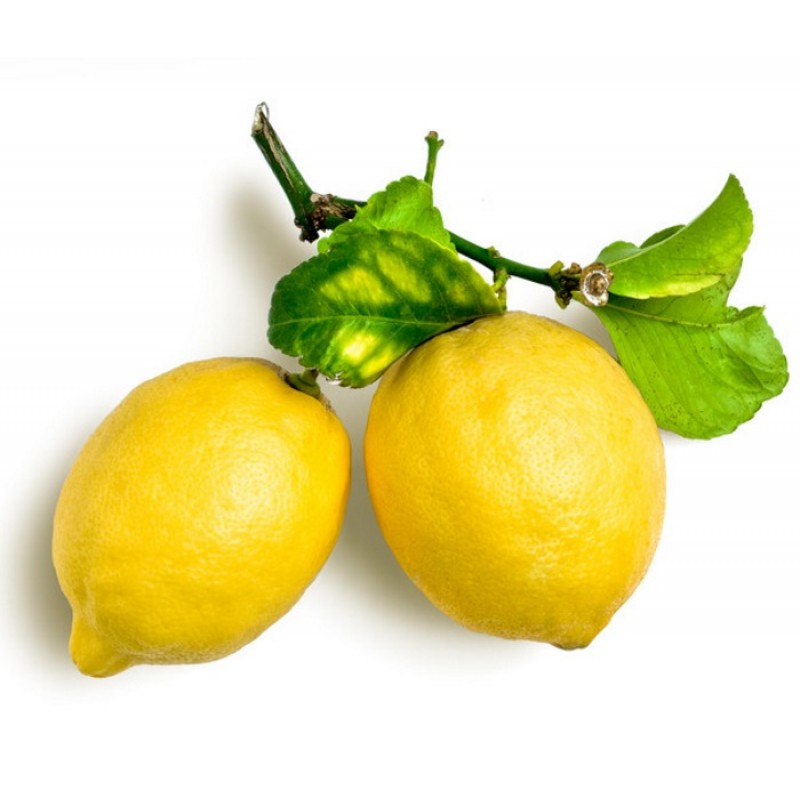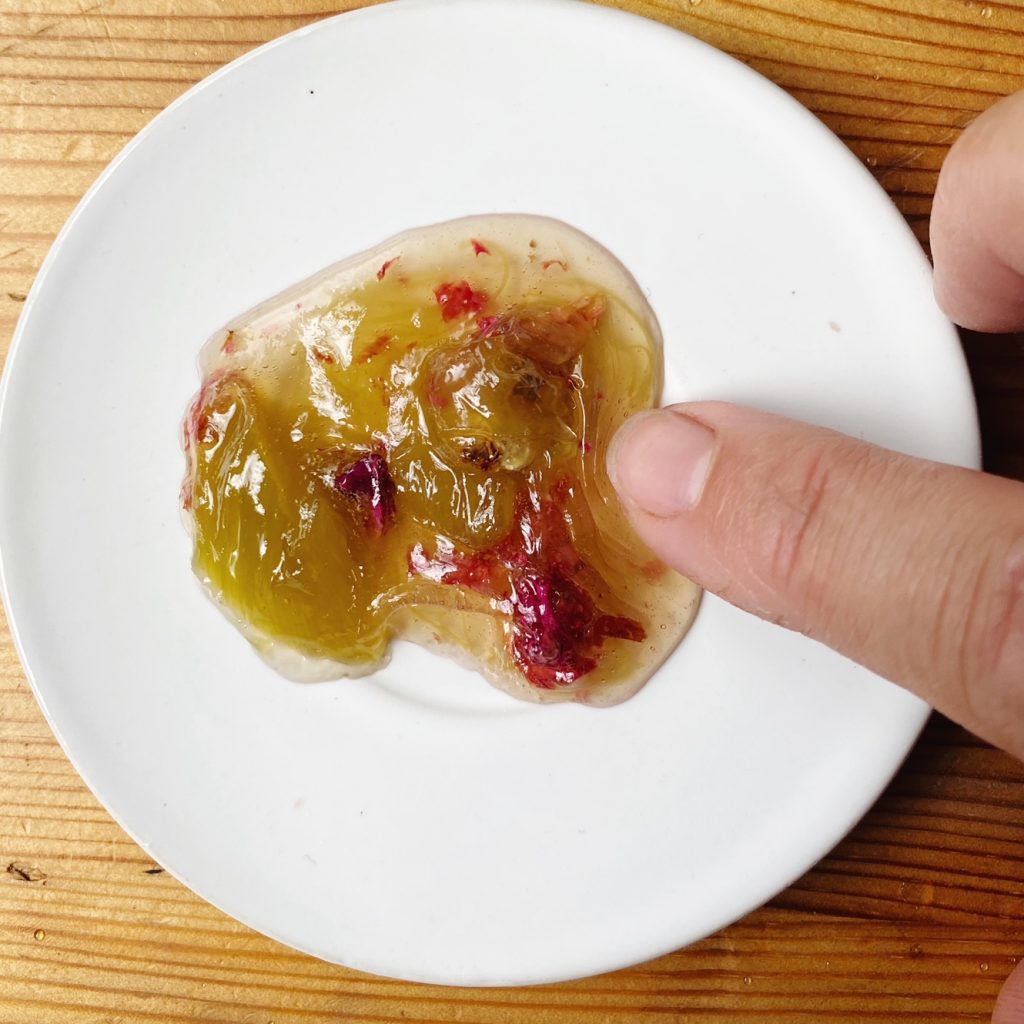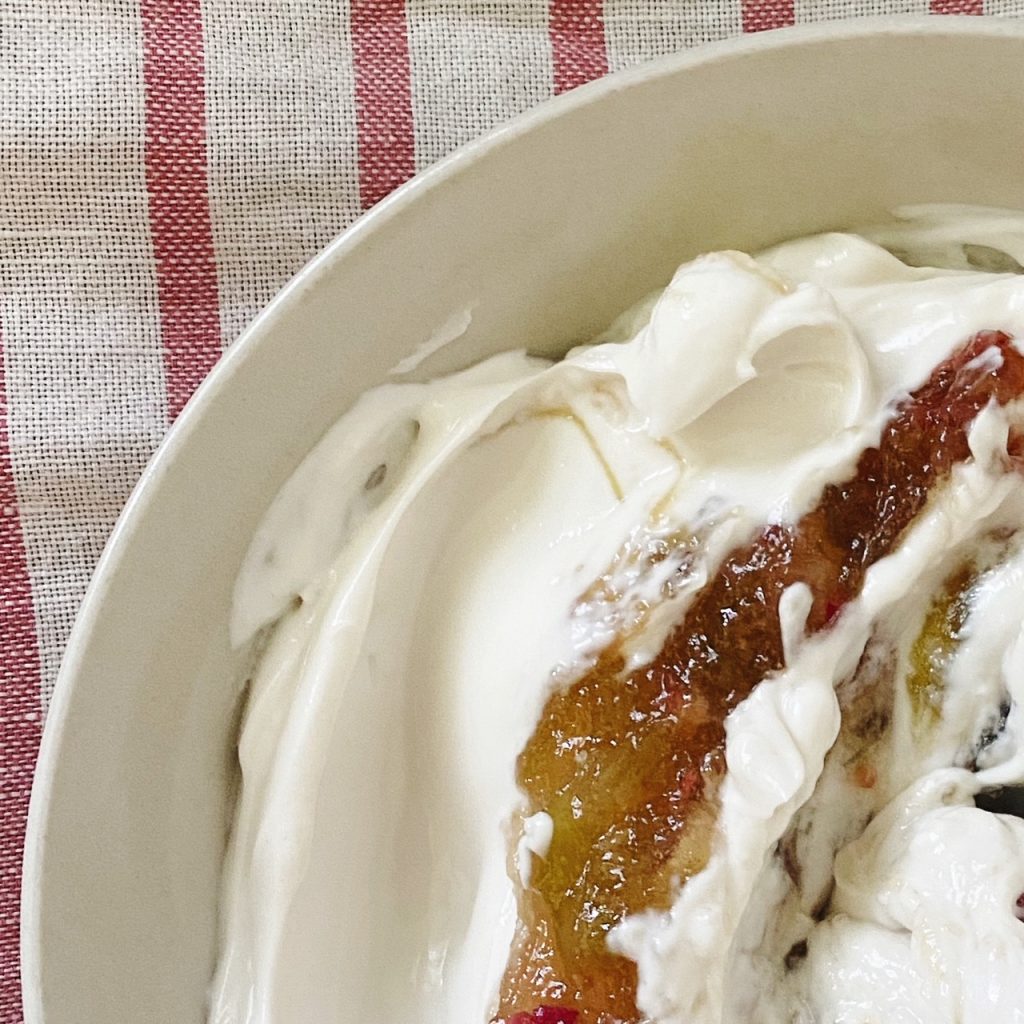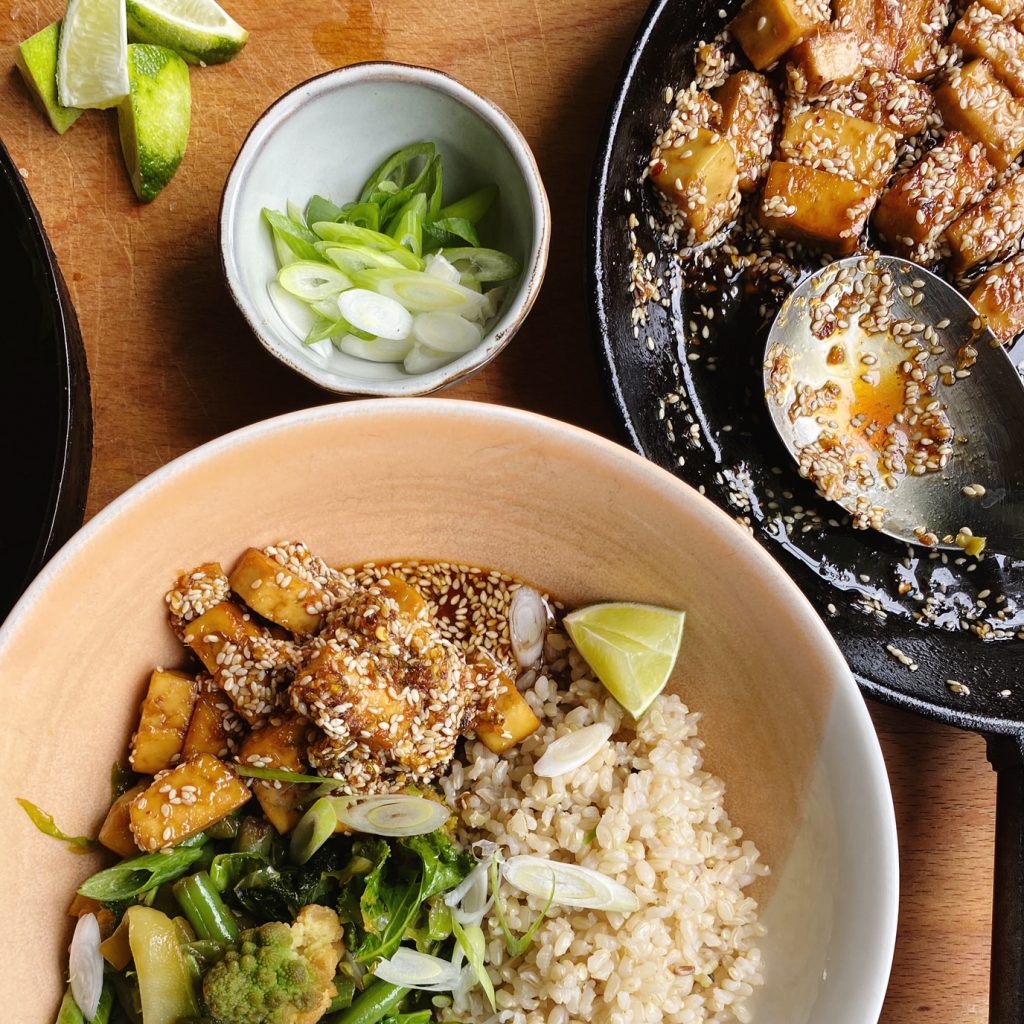
The best way to get a whole lot of greens into my family is with a simple stir fry. No one can resist them simply seasoned with a splash of salty soy sauce and piled into a bowl with rice or noodles. And for protein? We are really into tofu right now, its a beautiful blank canvas and we are trying to up our soy consumption as latest studies show how healthy is it (cancer and fibroid prevention, also anti-inflamatory and great for heart health – high in calcium, magnesium, selenium, phosphorus, iron, copper, manganese and zinc). Beans as crops are also a brilliant, Earth-efficient source of protein. We love extra firm tofu with our stir-fries, simmered with a sweet and sticky honey-ginger-sesame sauce.
Liz x
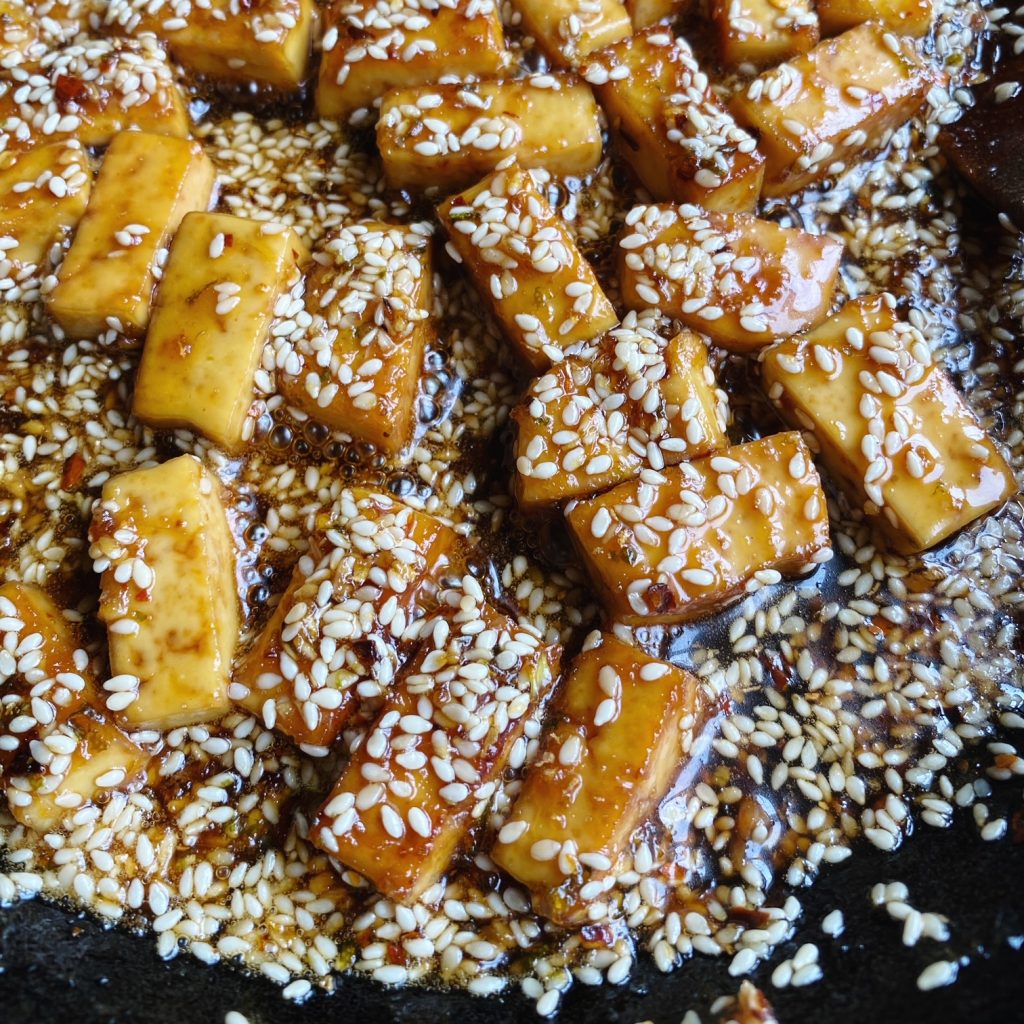
Ingredients (serves 4)
For the stir fried greens:
- 1 tbsp neutral oil
- 1 small courgette, julienned
- 1/2 a cabbage, shredded
- a few large kale leaves, shredded
- a small head of romanesco or broccoli, chopped
- a few large handfuls of green beans
- 1-2 tbsp soy sauce (to taste)
For the sticky tofu:
- 2 packs of extra firm, natural tofu – drained and cut into cubes
- 1 tbsp neutral oil
- a splash of soy sauce
- 50ml honey or maple syrup
- the zest and juice of half a lime
- 1/2 tsp chilli flakes, or to taste
- 2 garlic cloves, finely grated
- a thumb of fresh ginger, finely grated
- 2 tbsp soy sauce
- 3 tbsp sesame seeds
- rice or noodles and chopped scallion to serve
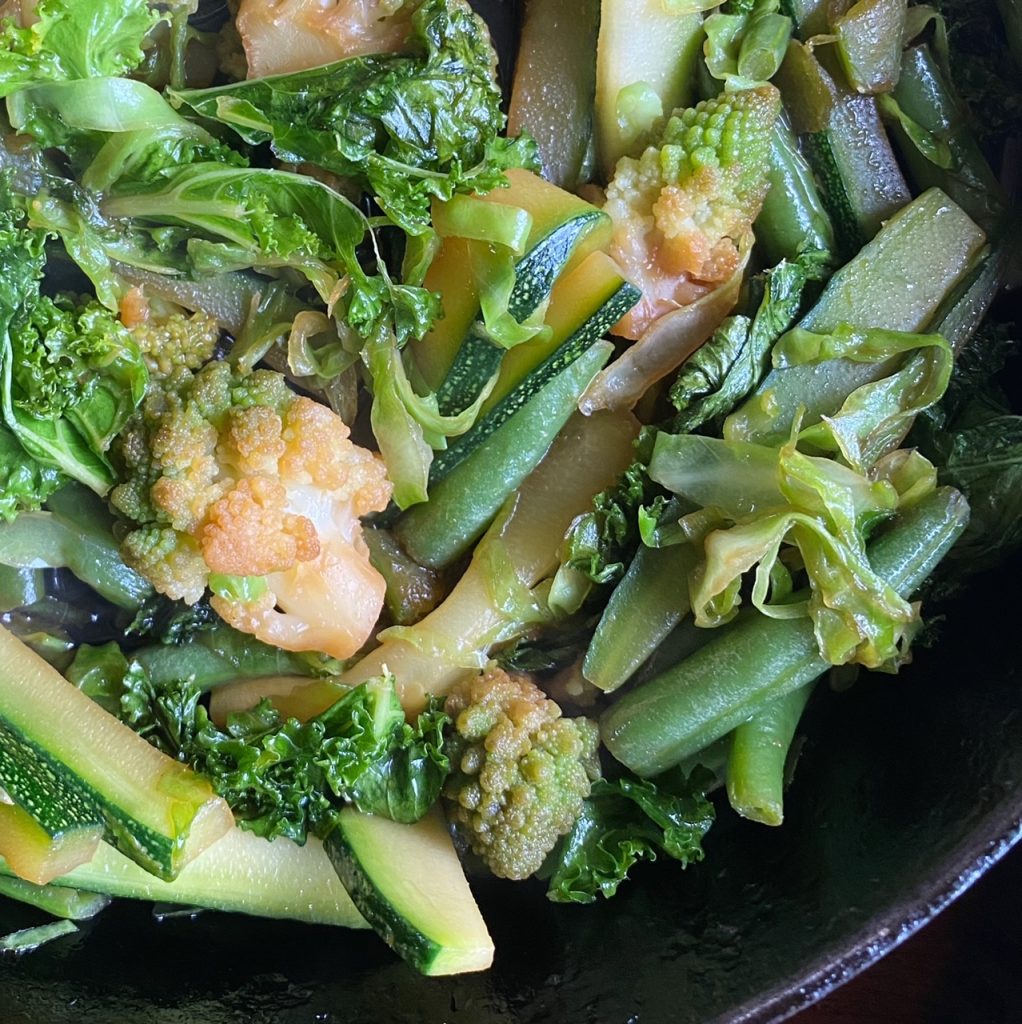
Method
- Start by mixing the sticky dressing. Gather the ingredients and mix together in a bowl or jug. Taste and adjust the salt level with a bit more soy sauce if needed. Want it tangier? add the other half of the lime.
- Cook your rice or noodles and heat up two pans, a large one for the greens and a smaller one for the tofu. Stir fry the greens with the oil until starting to wilt, then add the soy sauce and stir for a couple more minutes.
- In the other pan, fry the tofu with the oil until starting to warm through. Add the small splash of soy sauce and stir fry to season and brown the cubes. Then pour over the sweet, sticky sesame sauce and let it simmer and reduce for a couple of minutes.
- Serve with the rice or noodles and greens, top with chopped scallions and enjoy!
